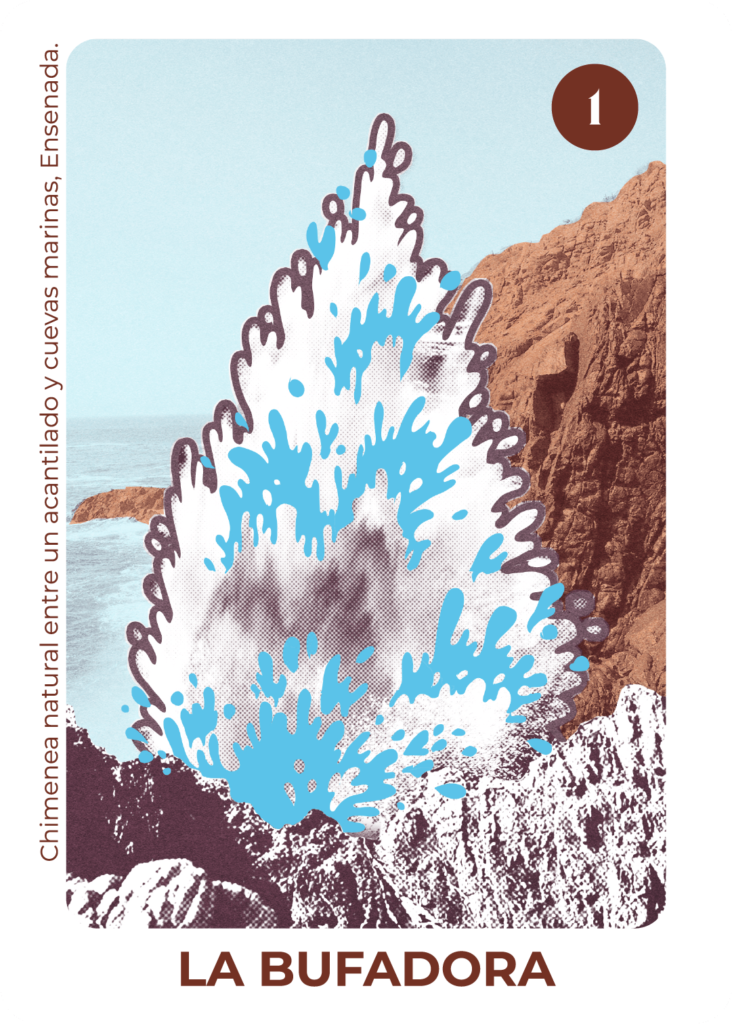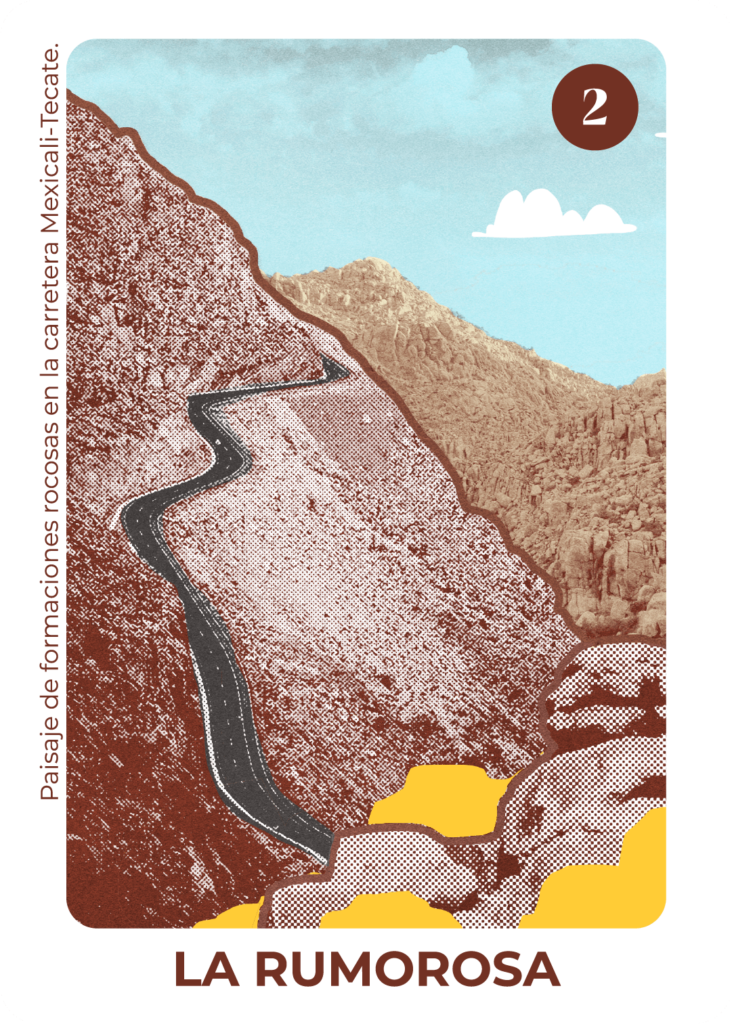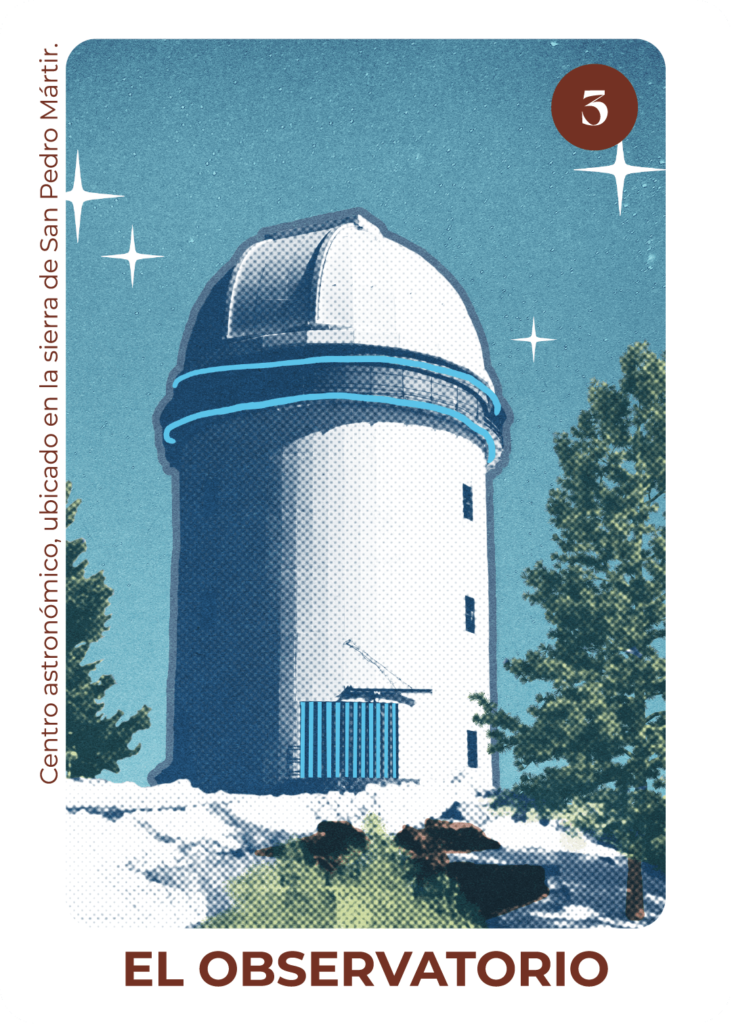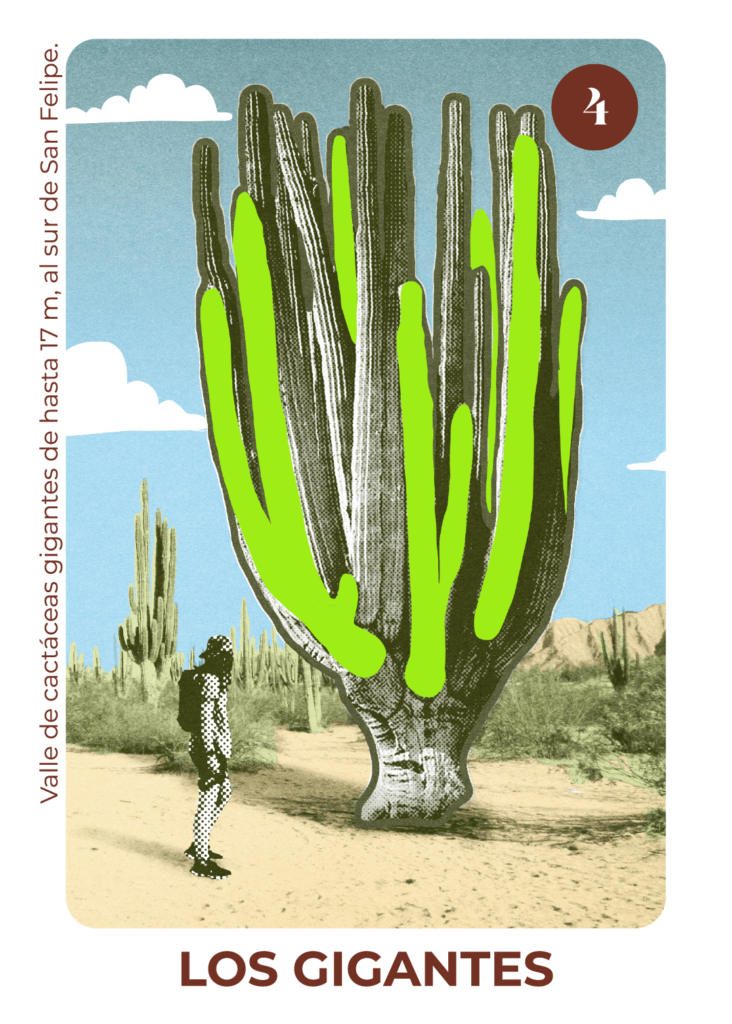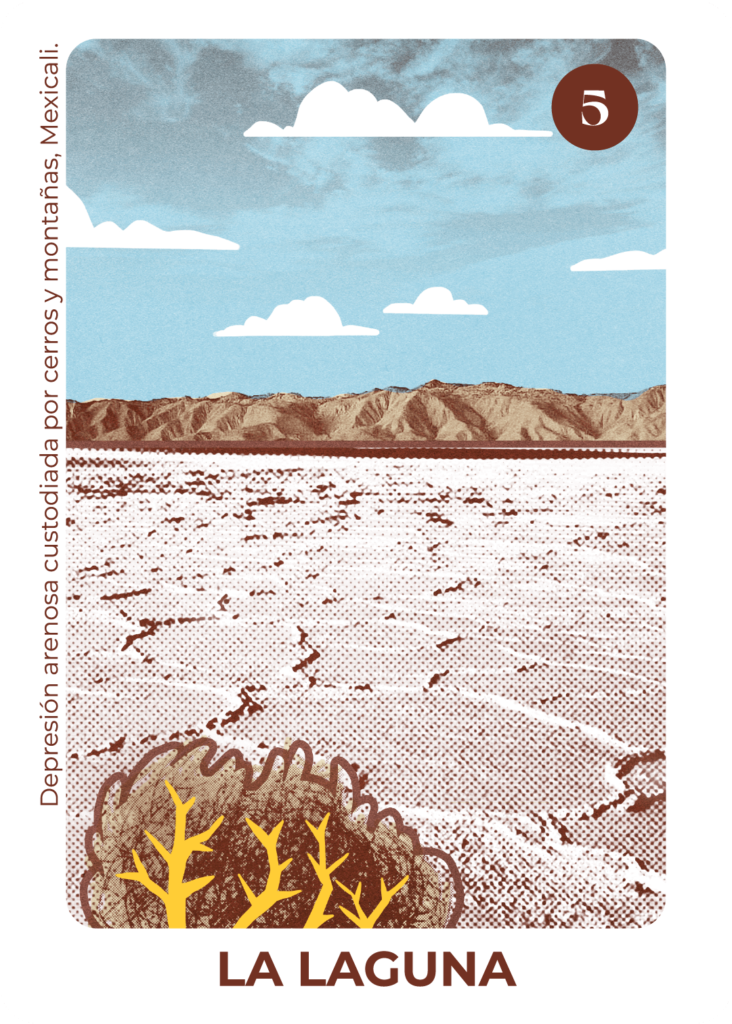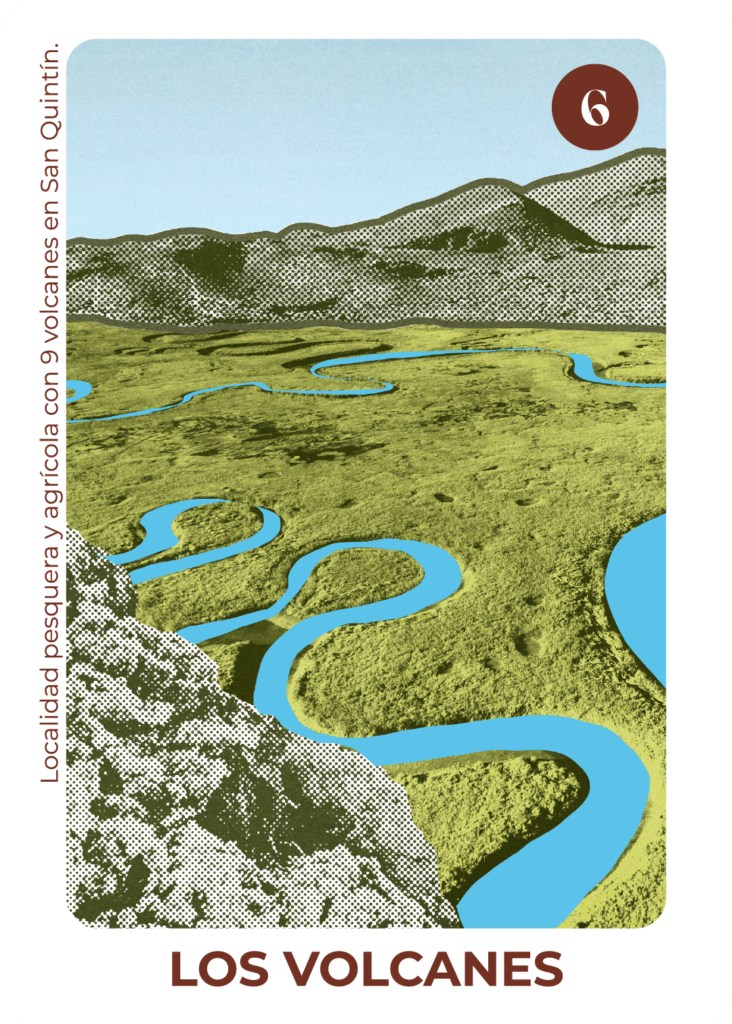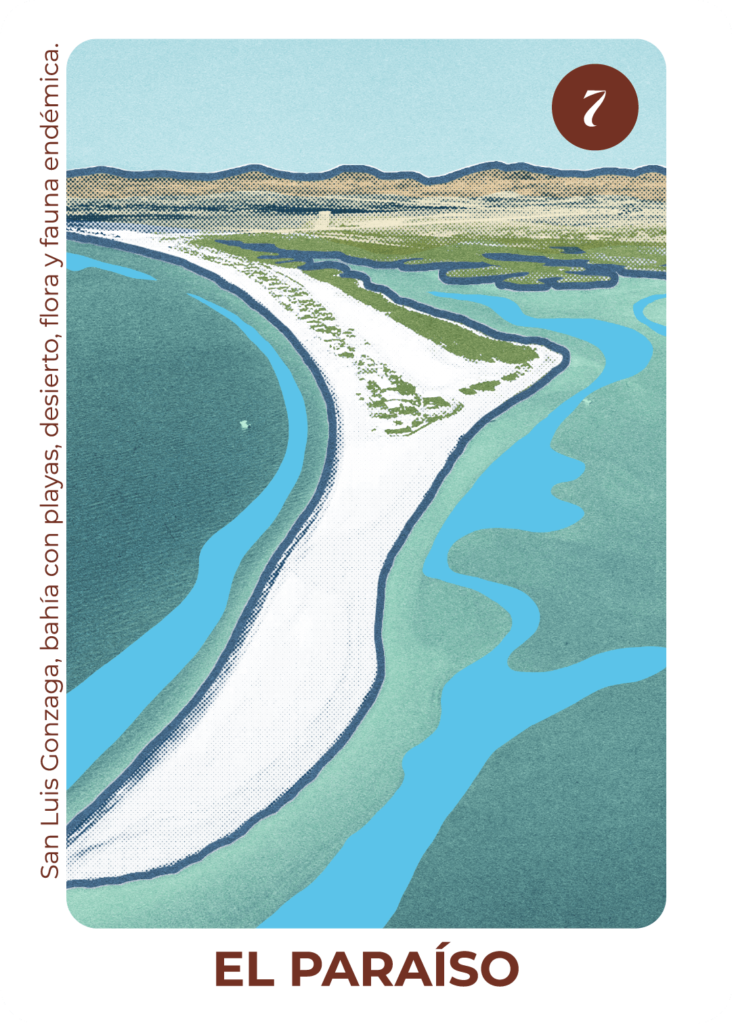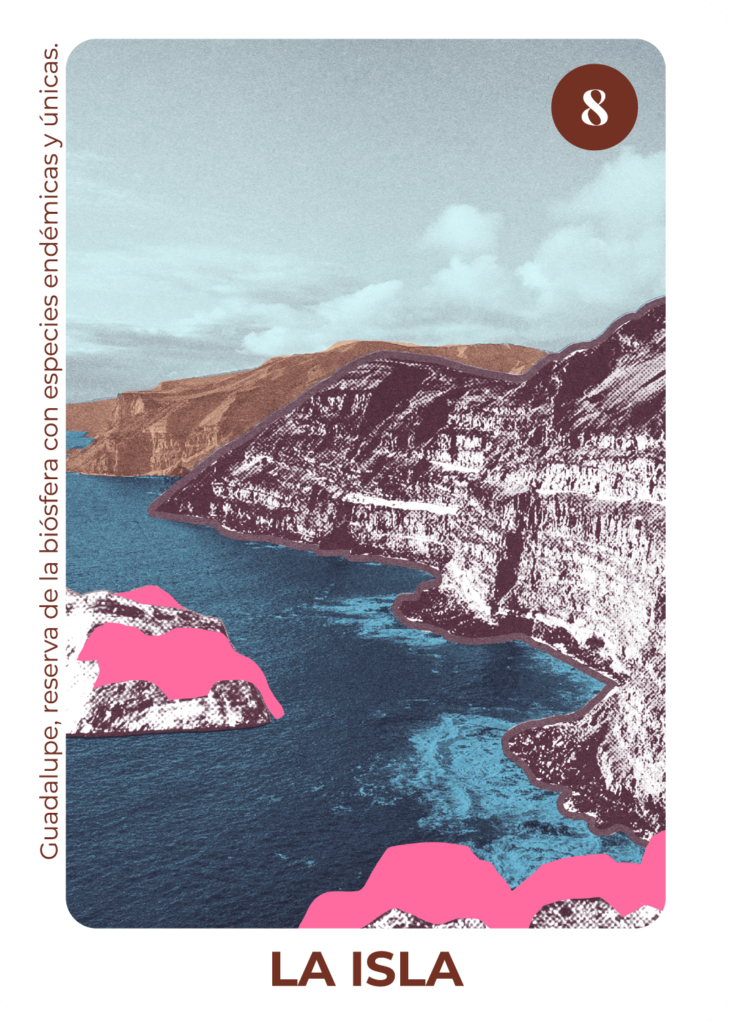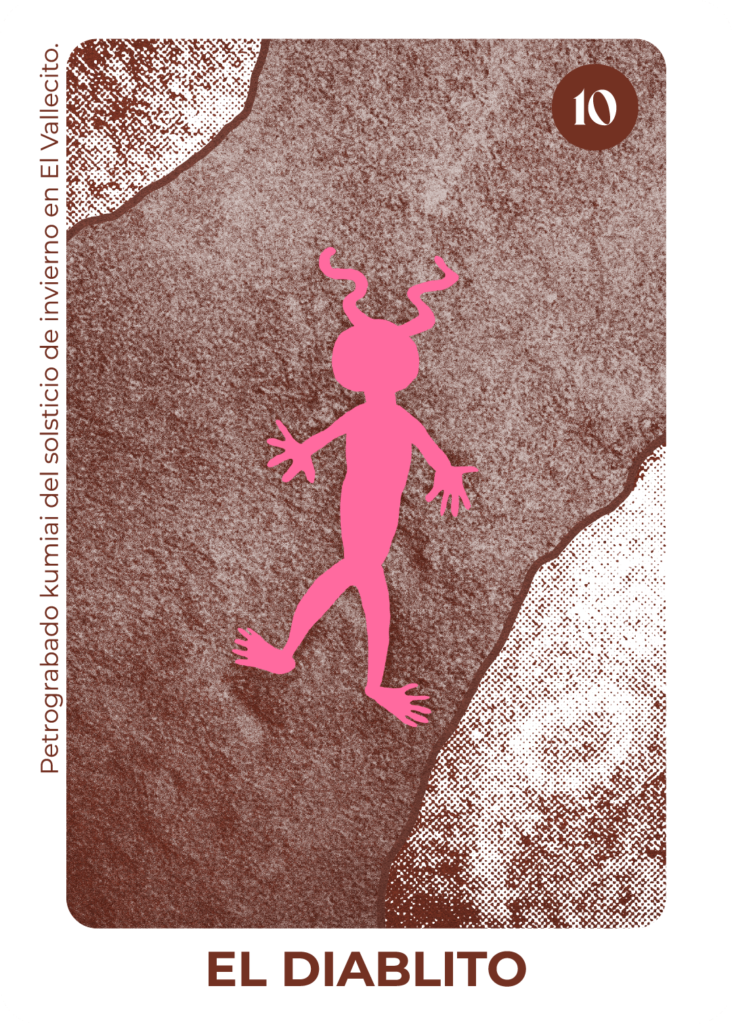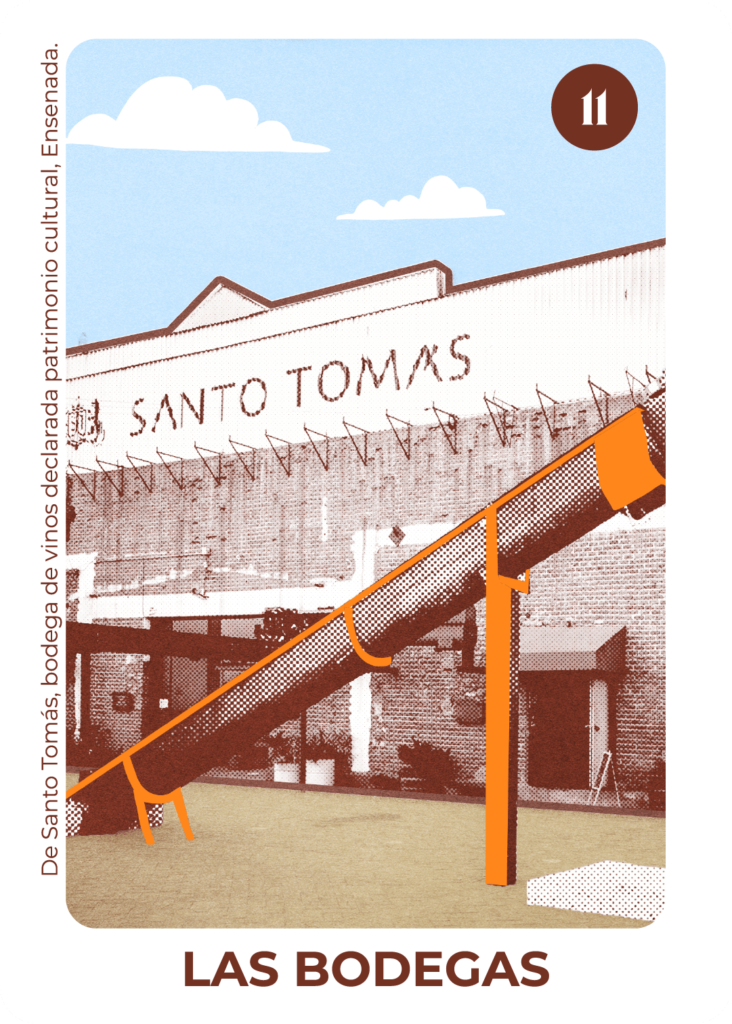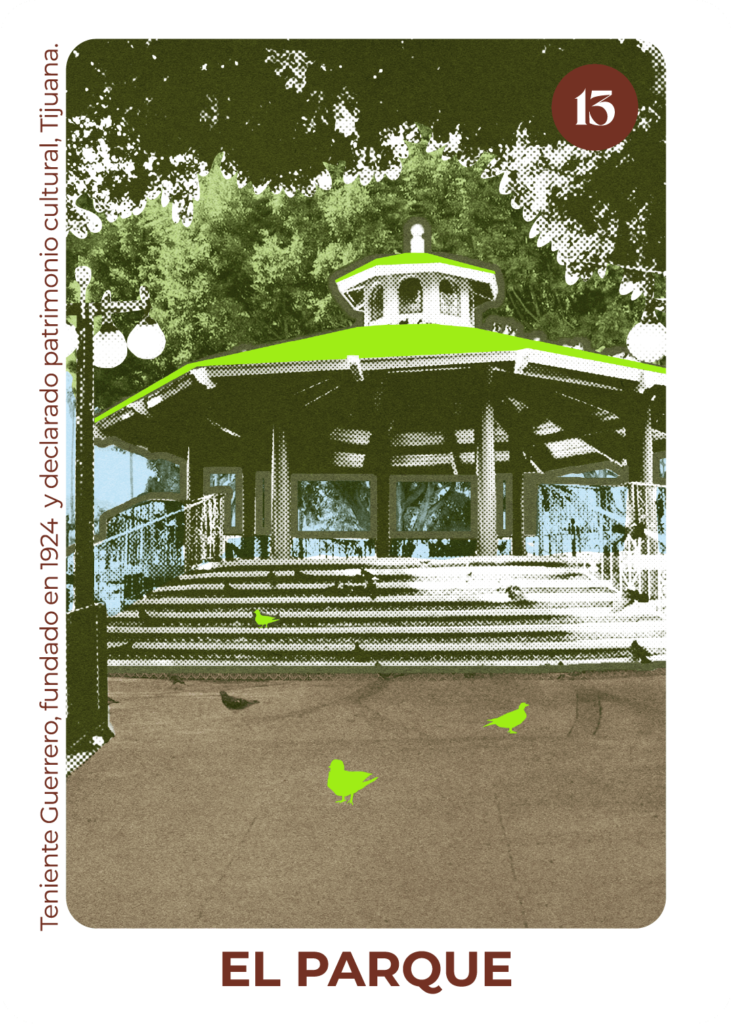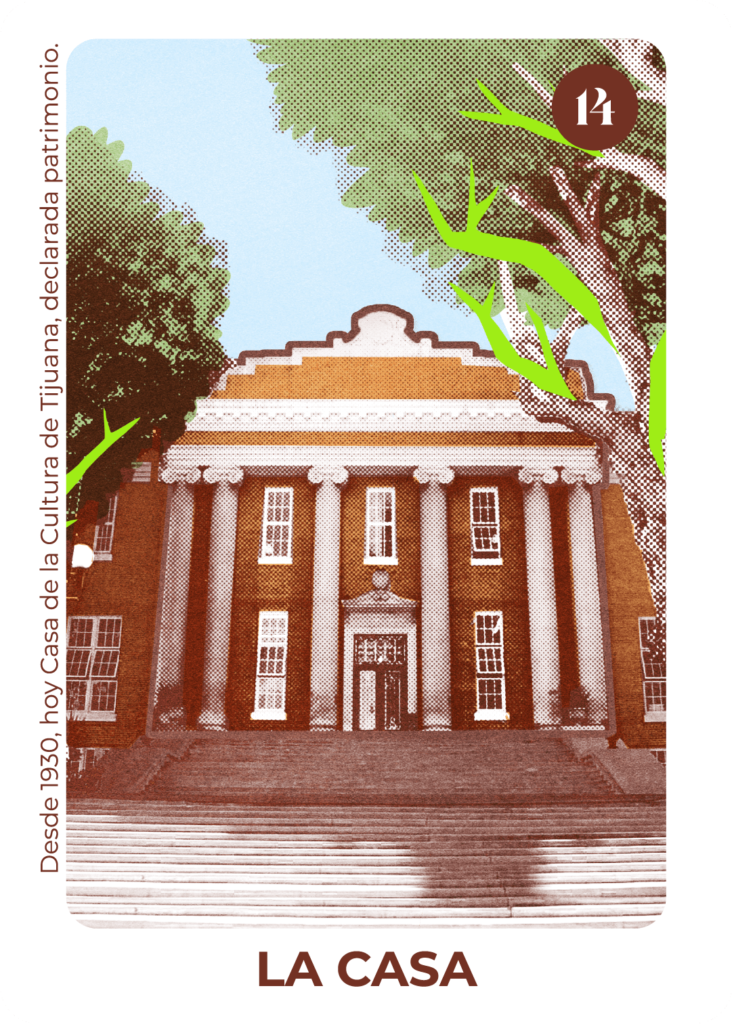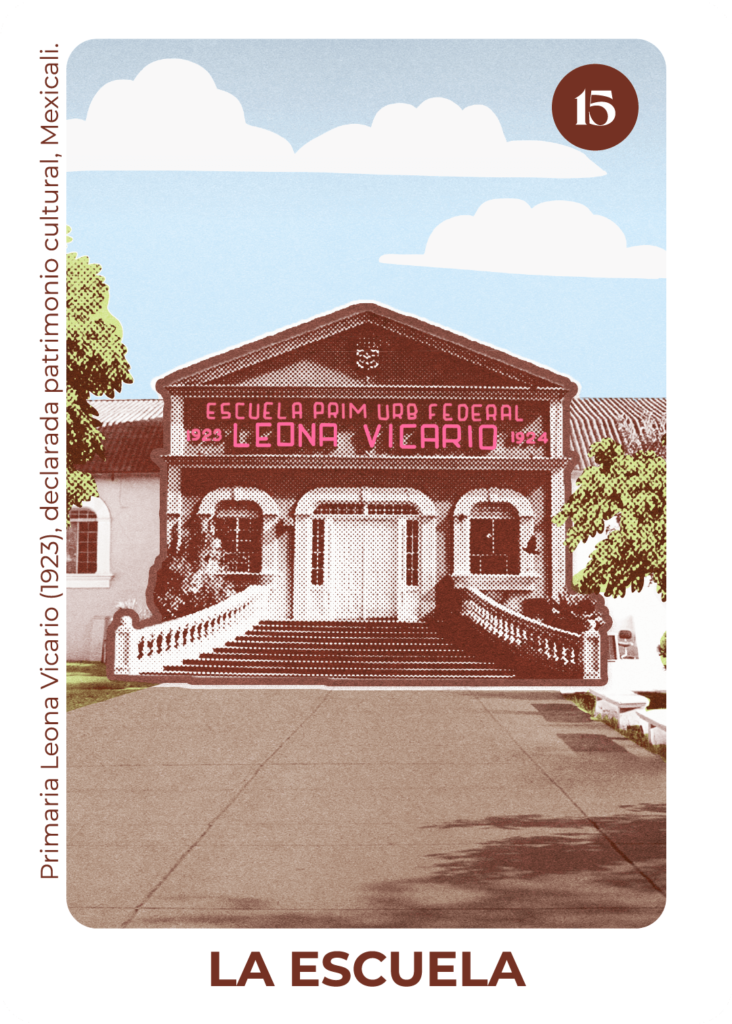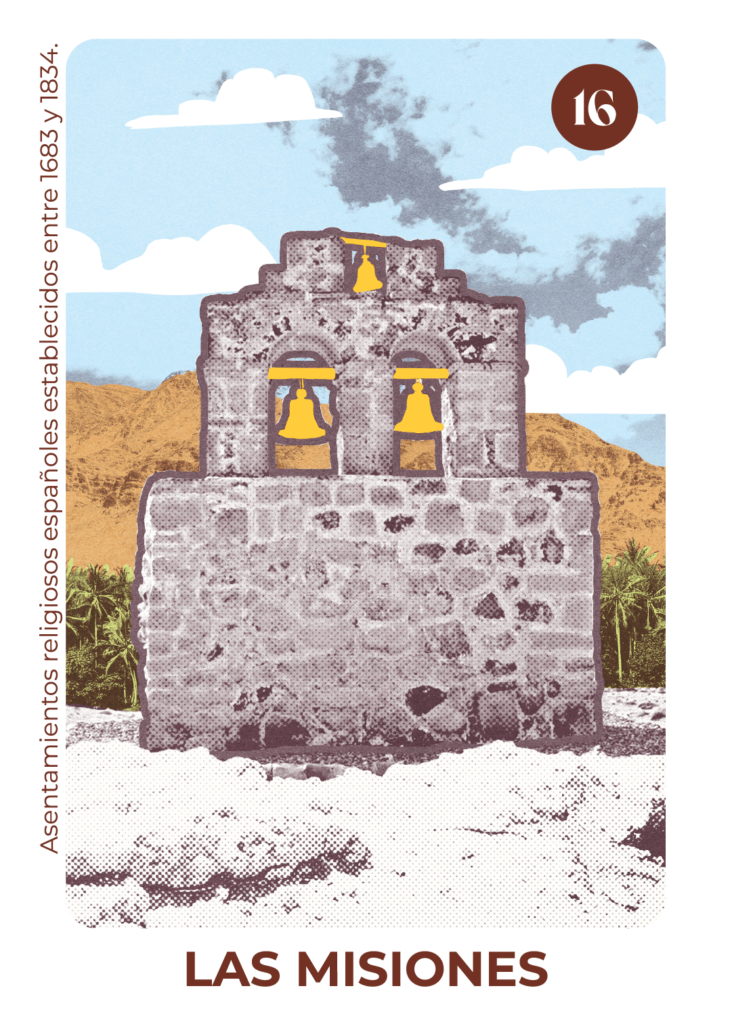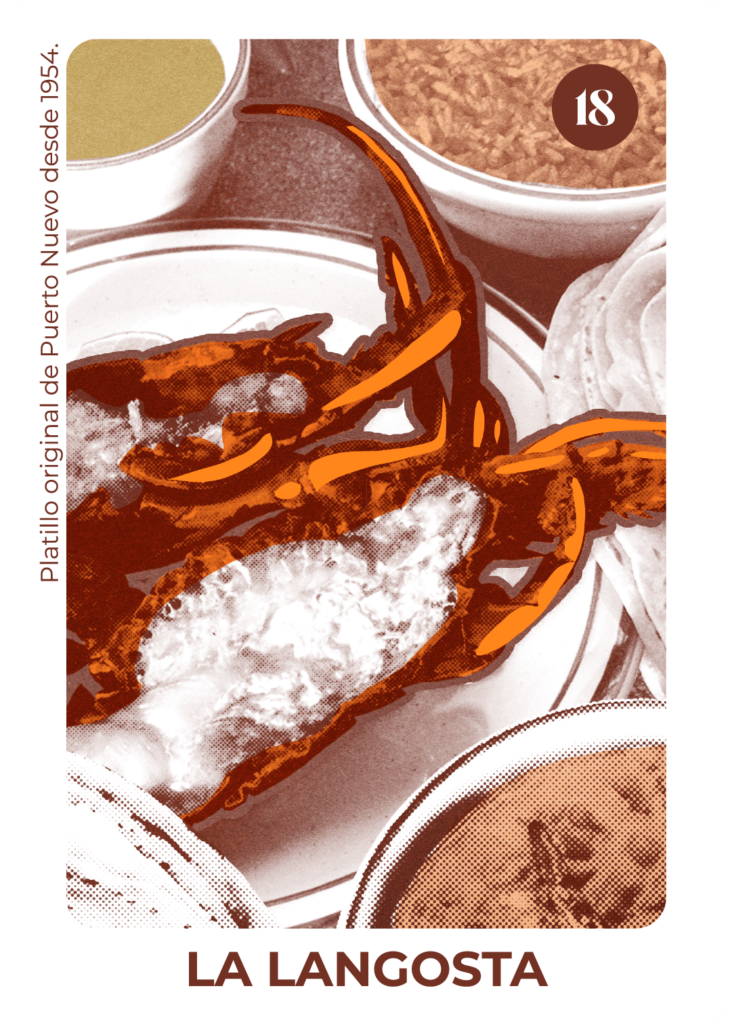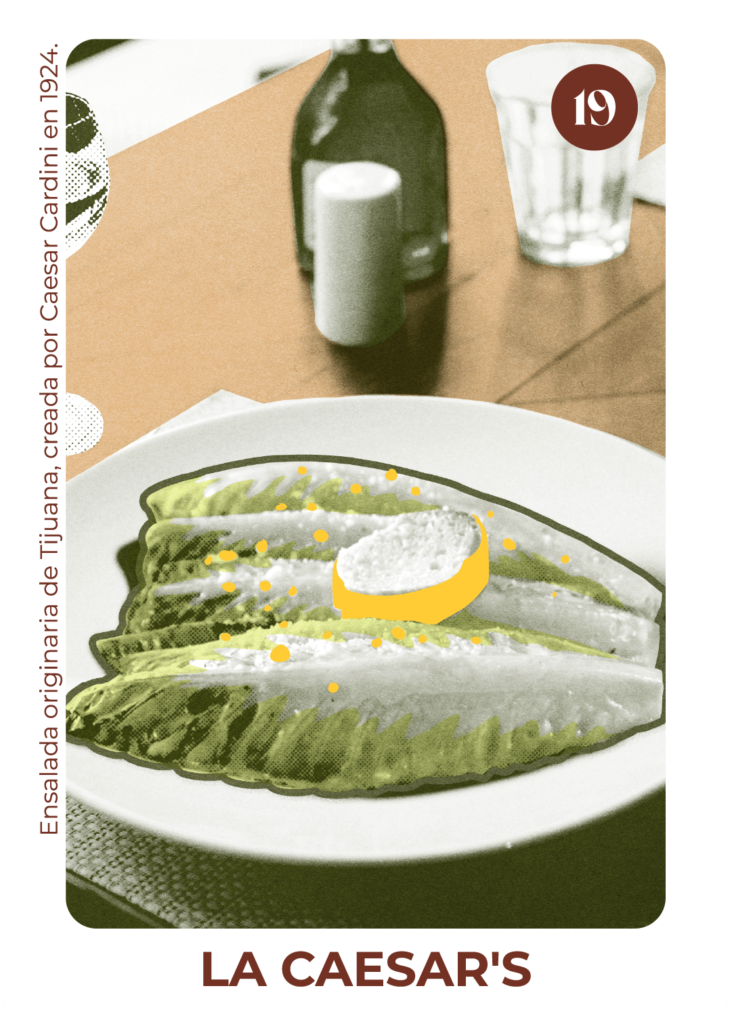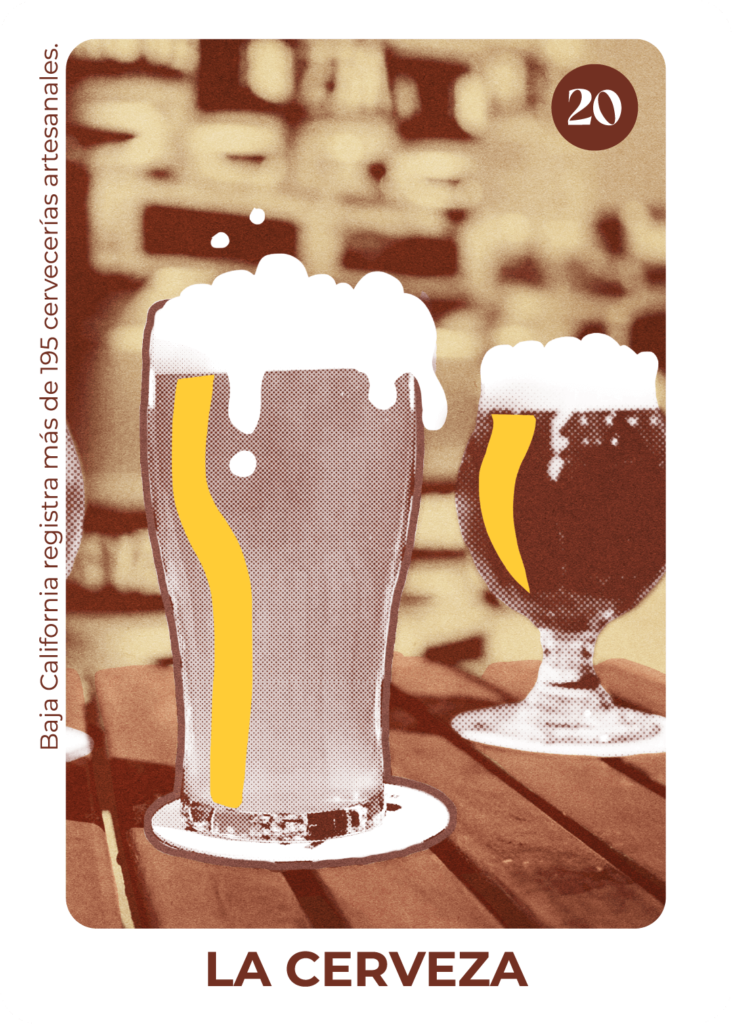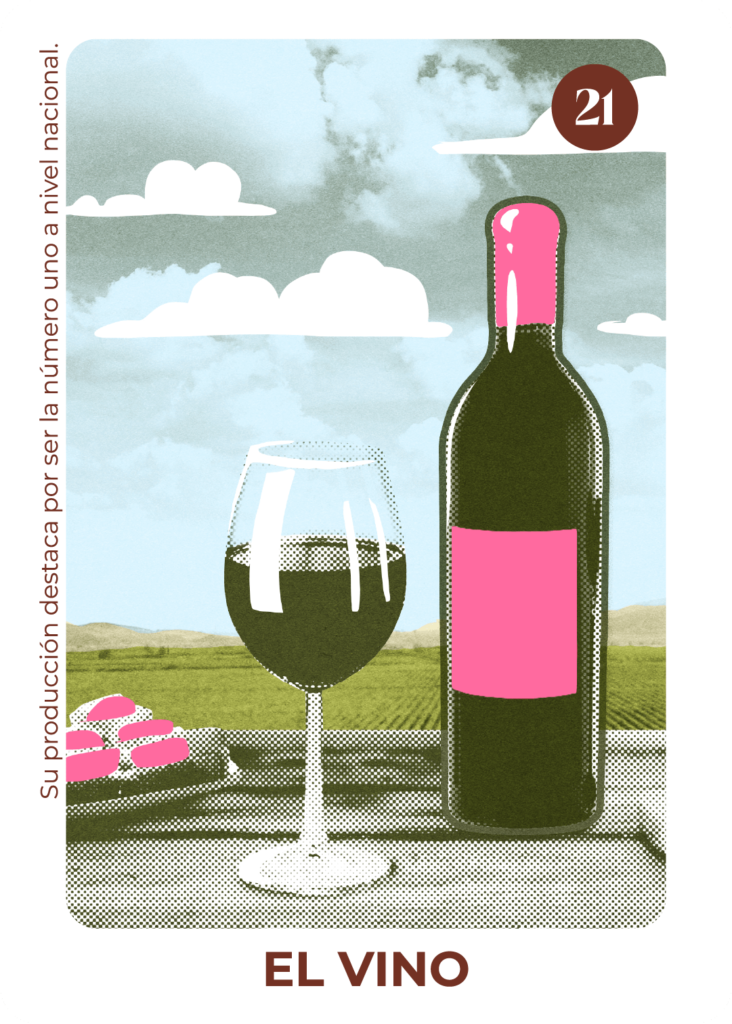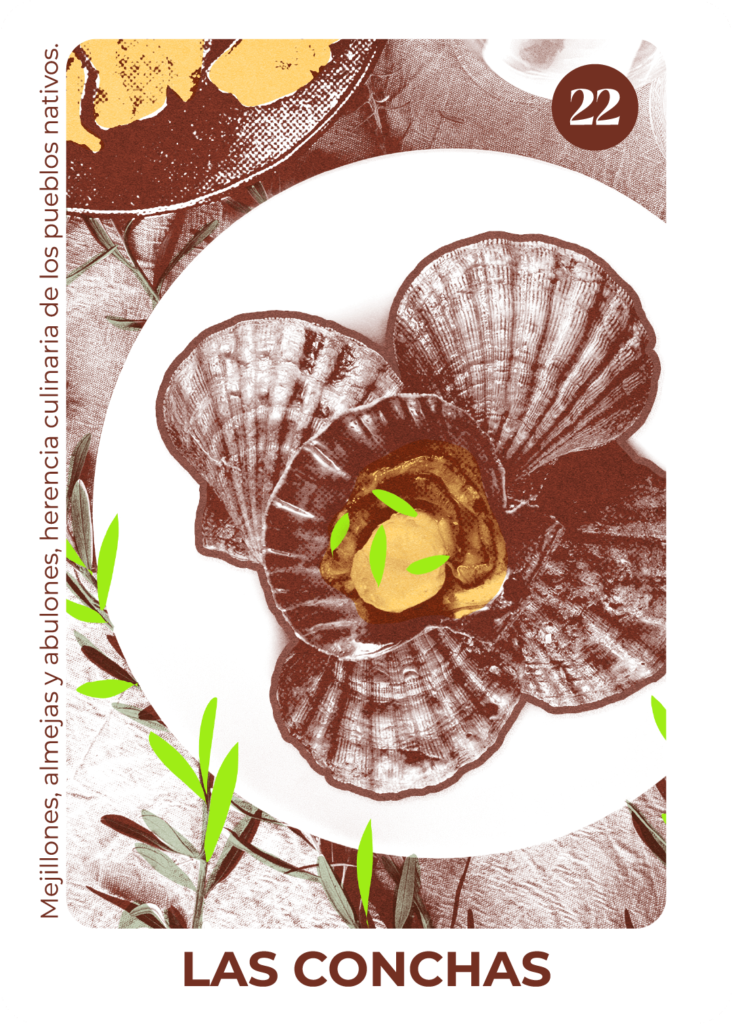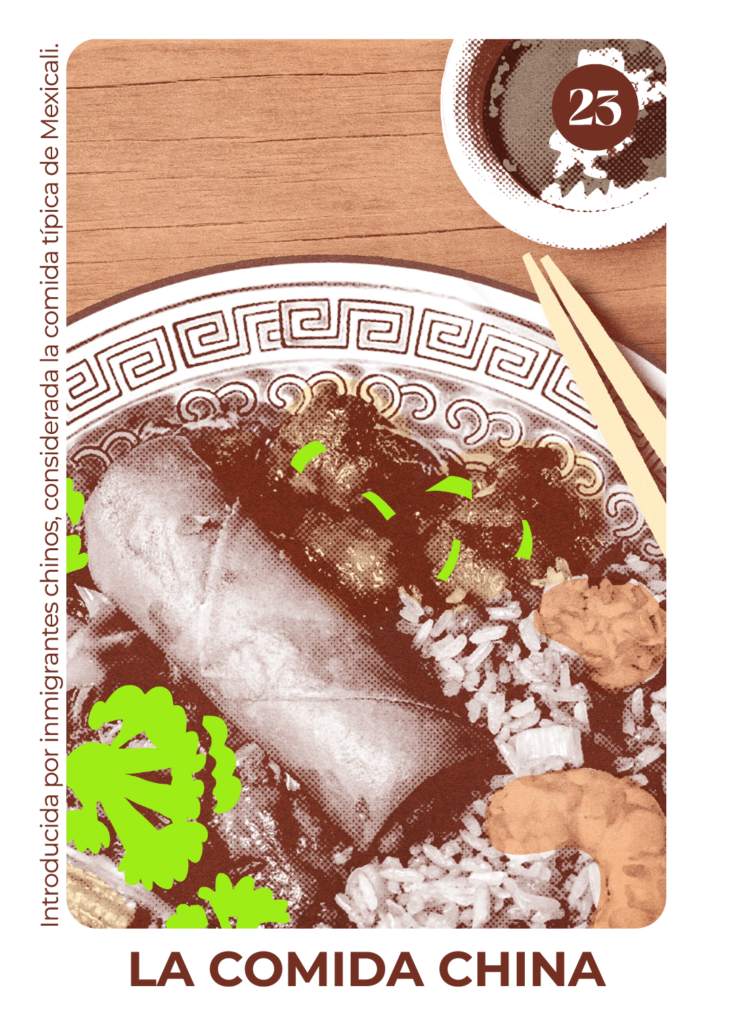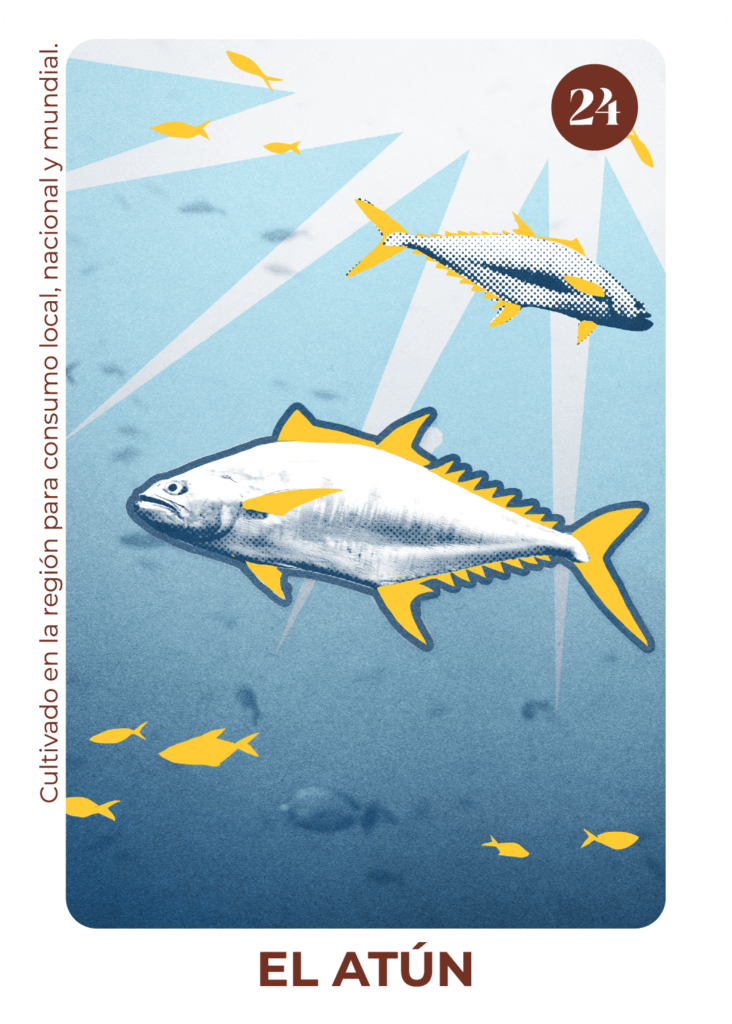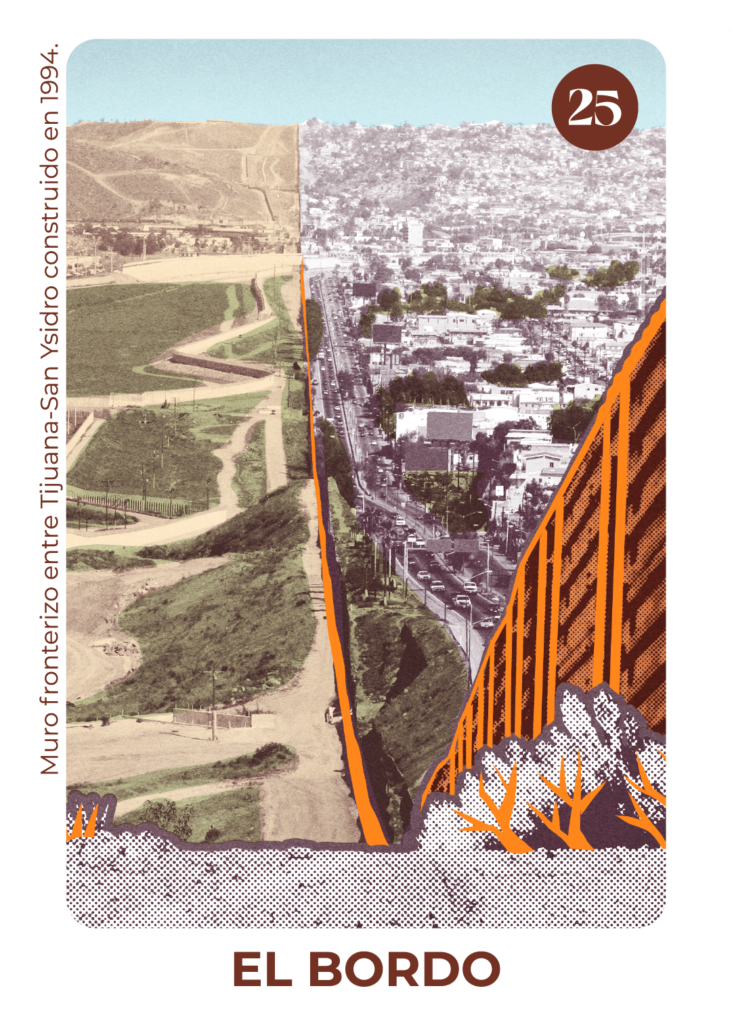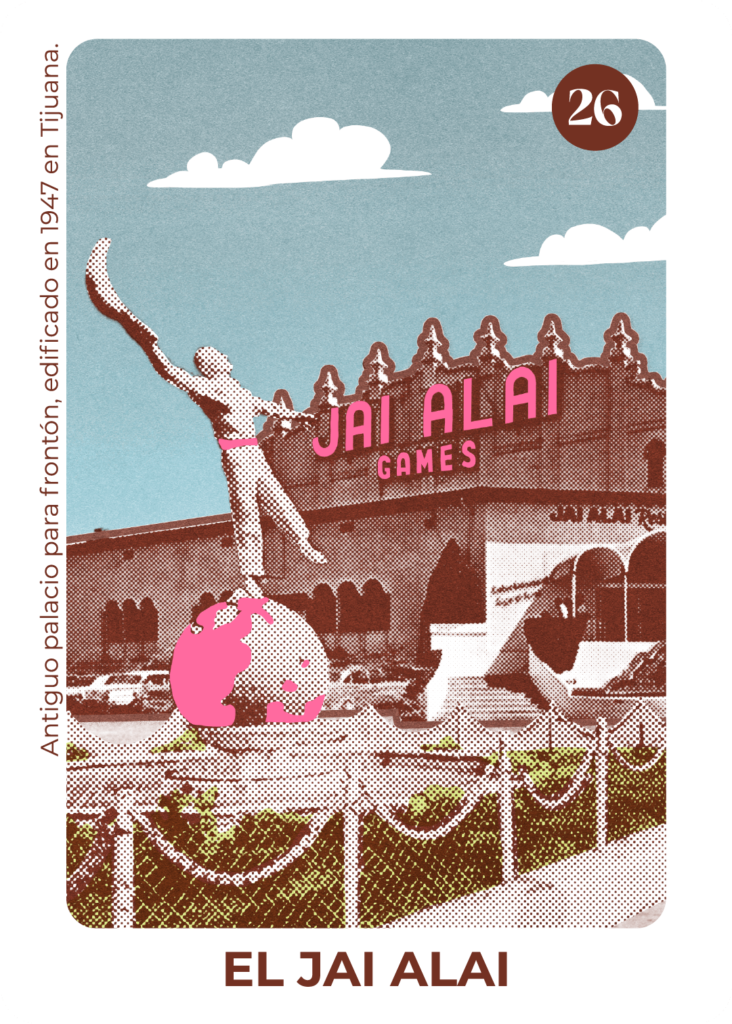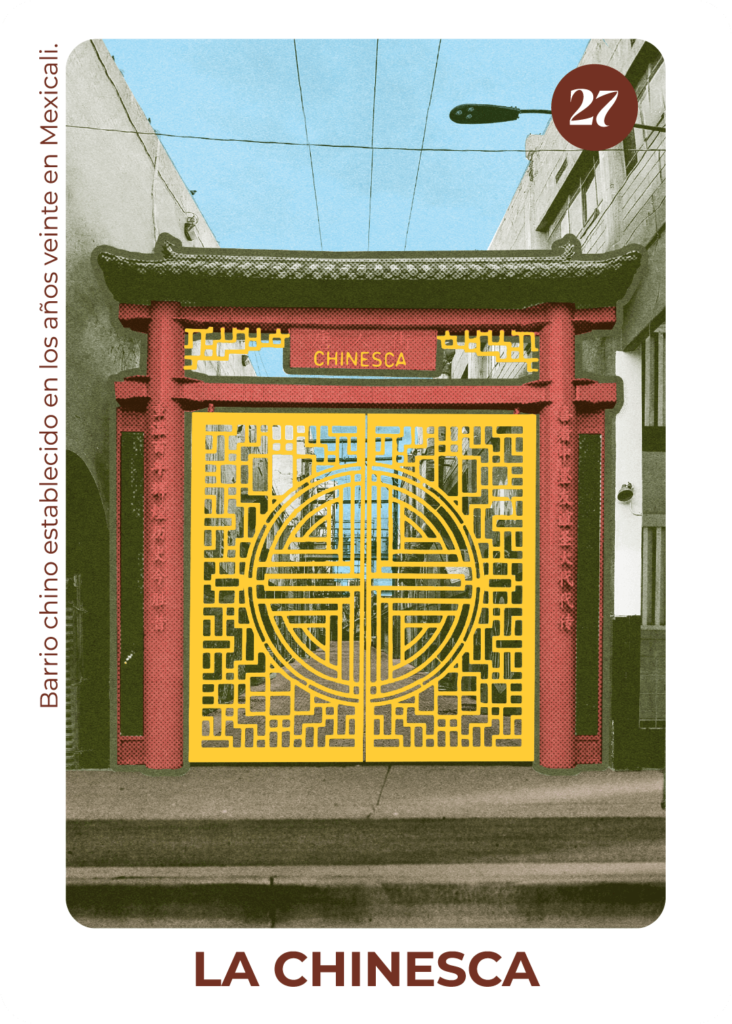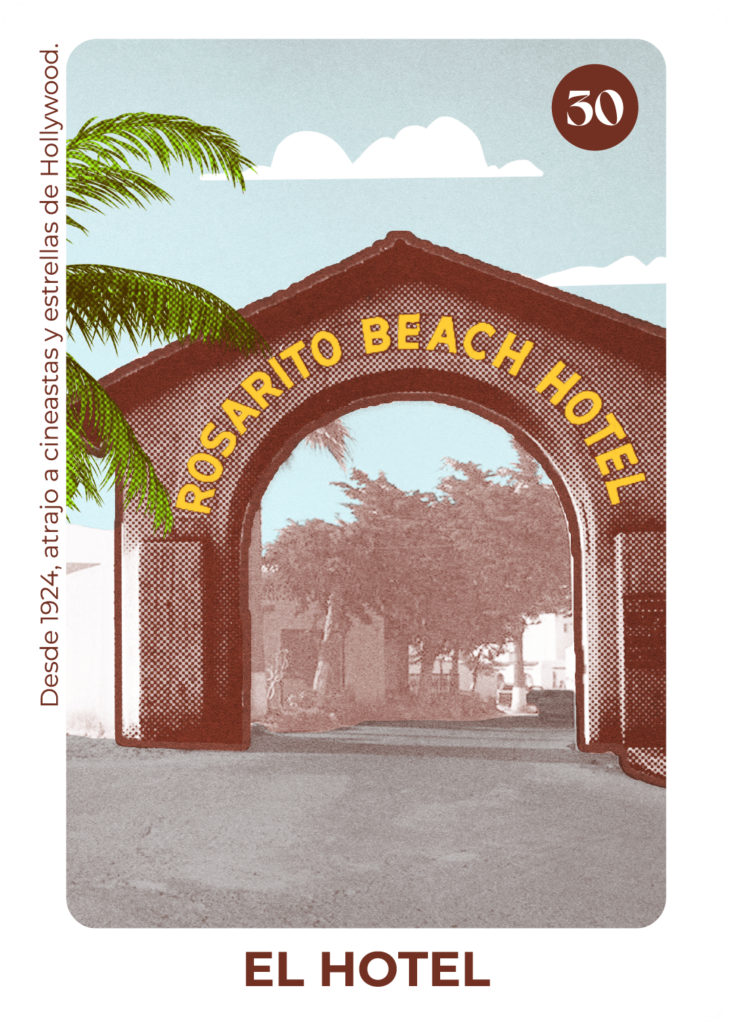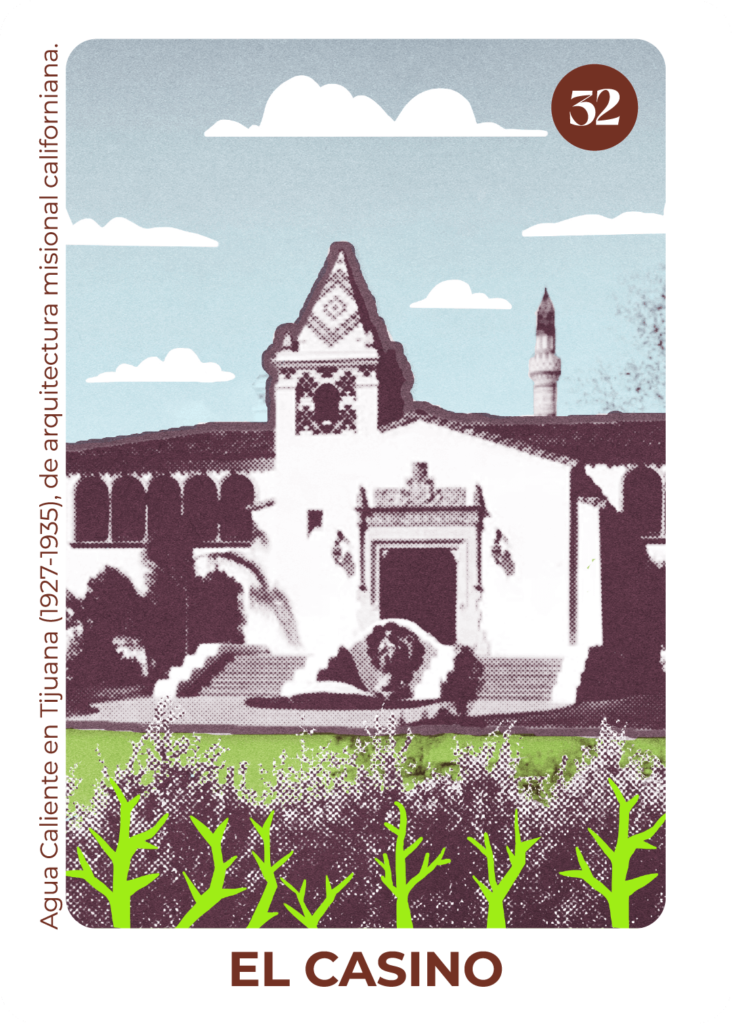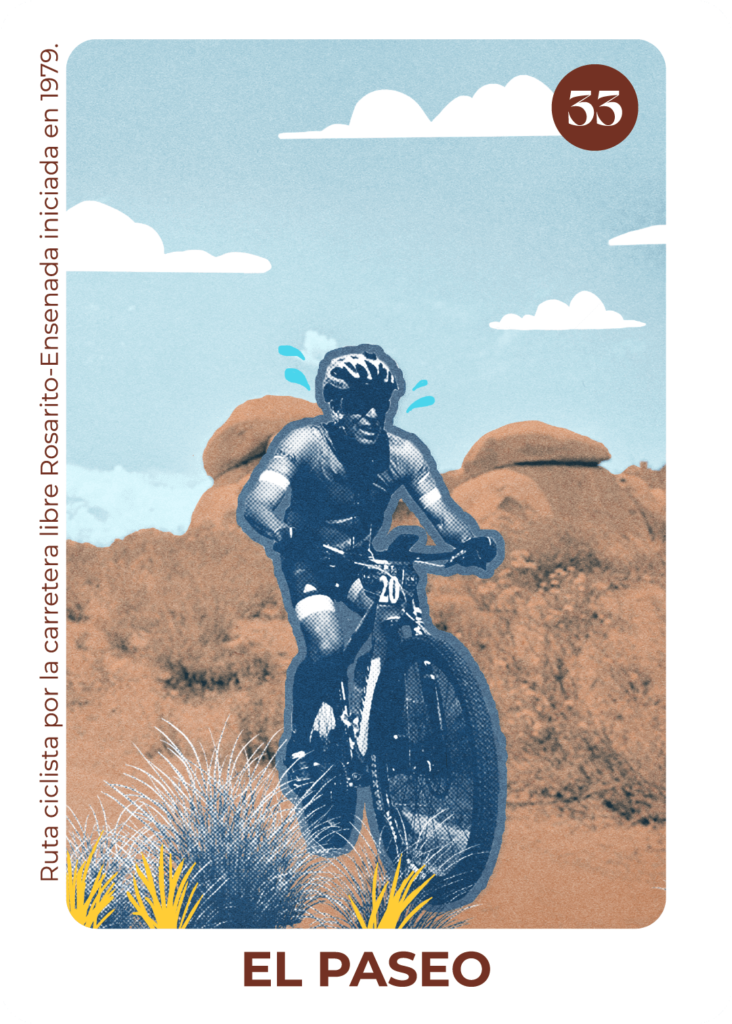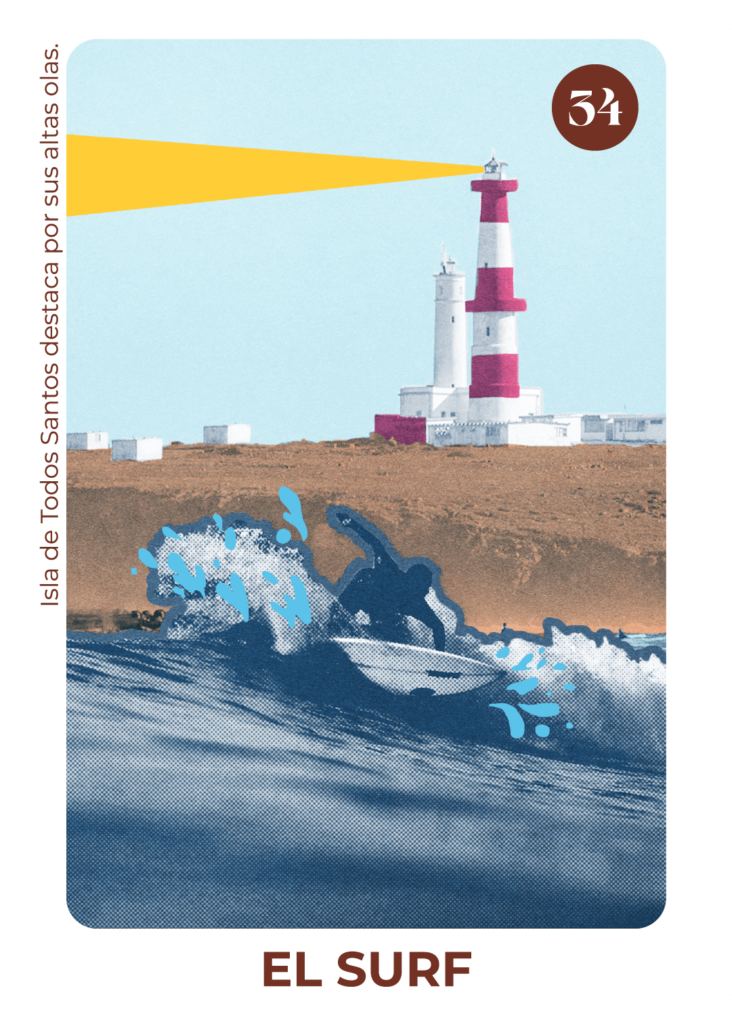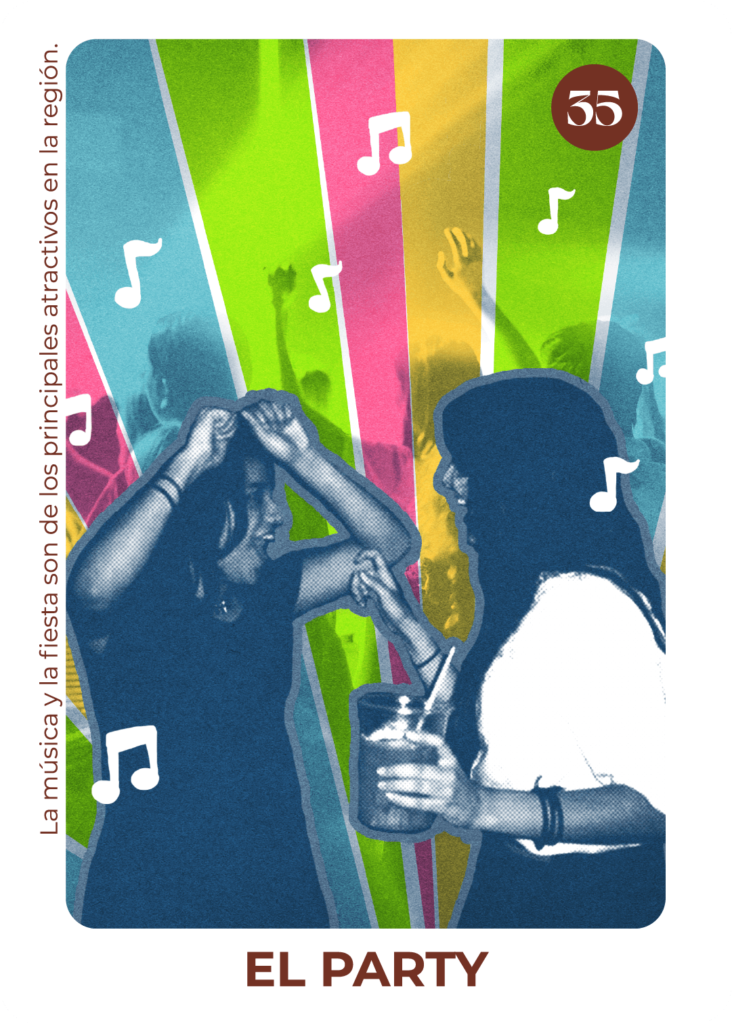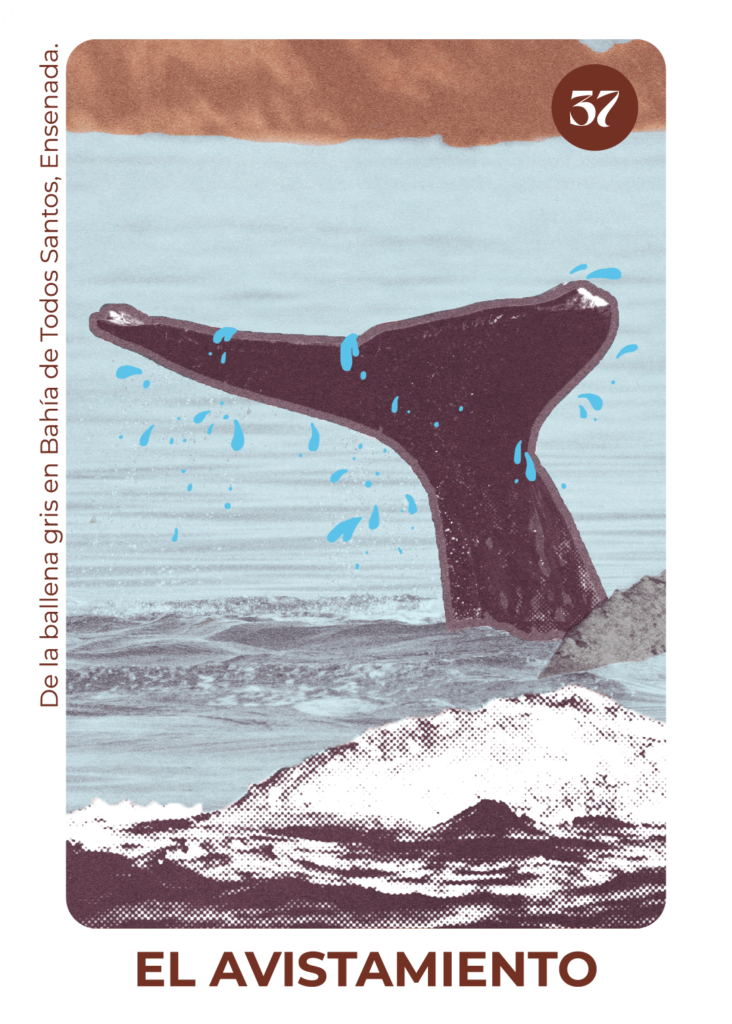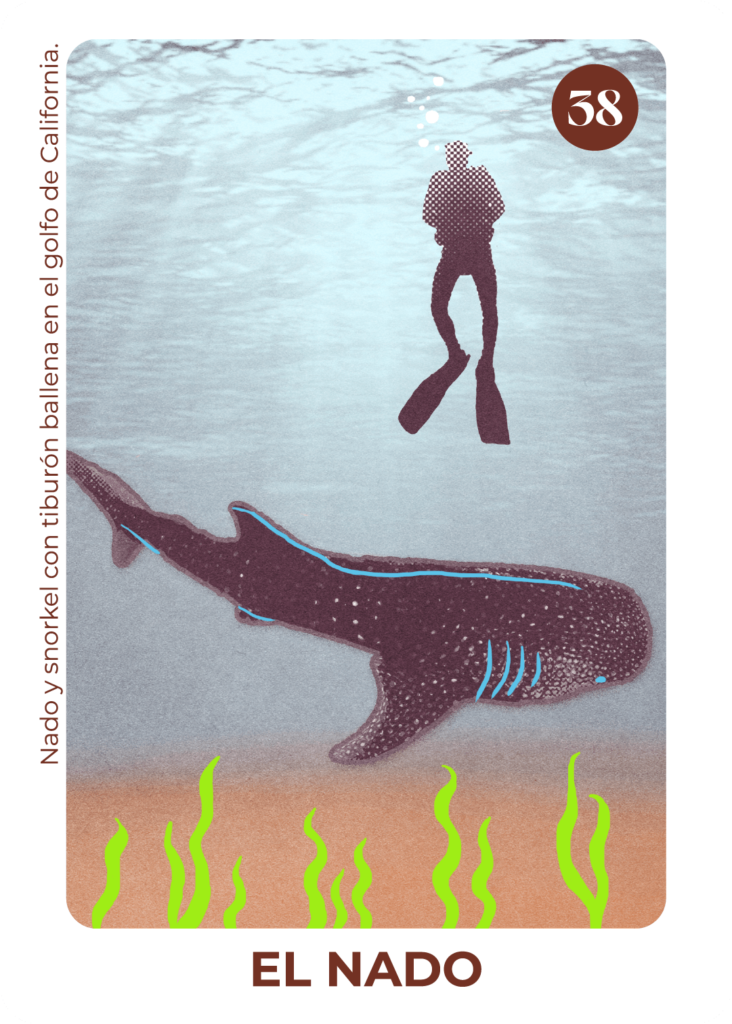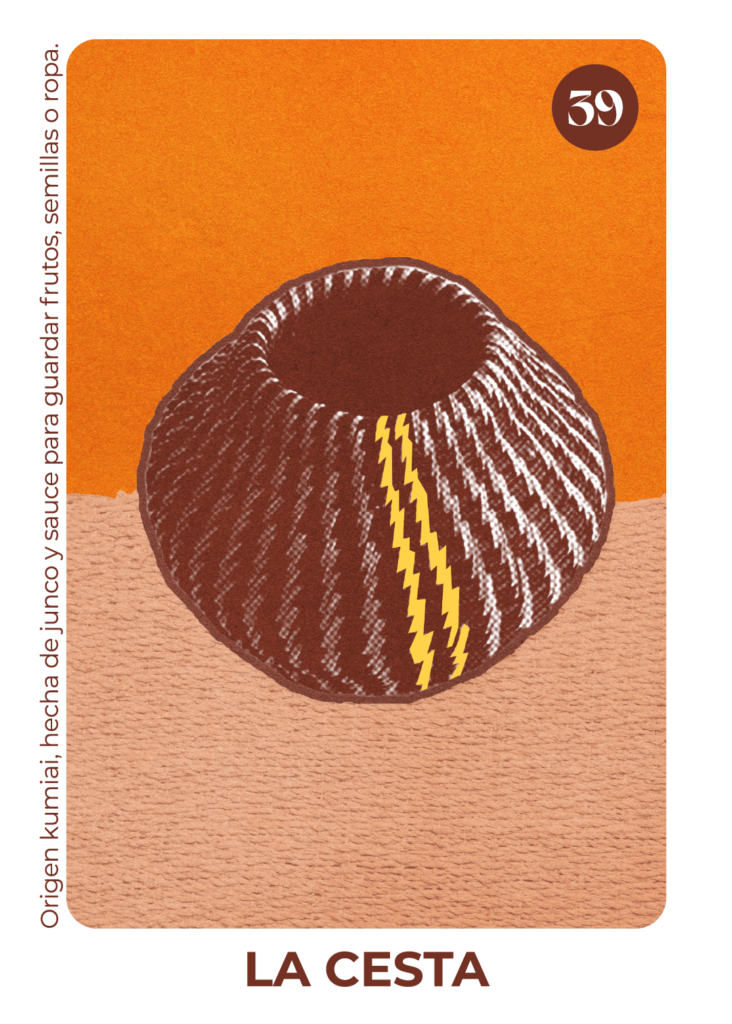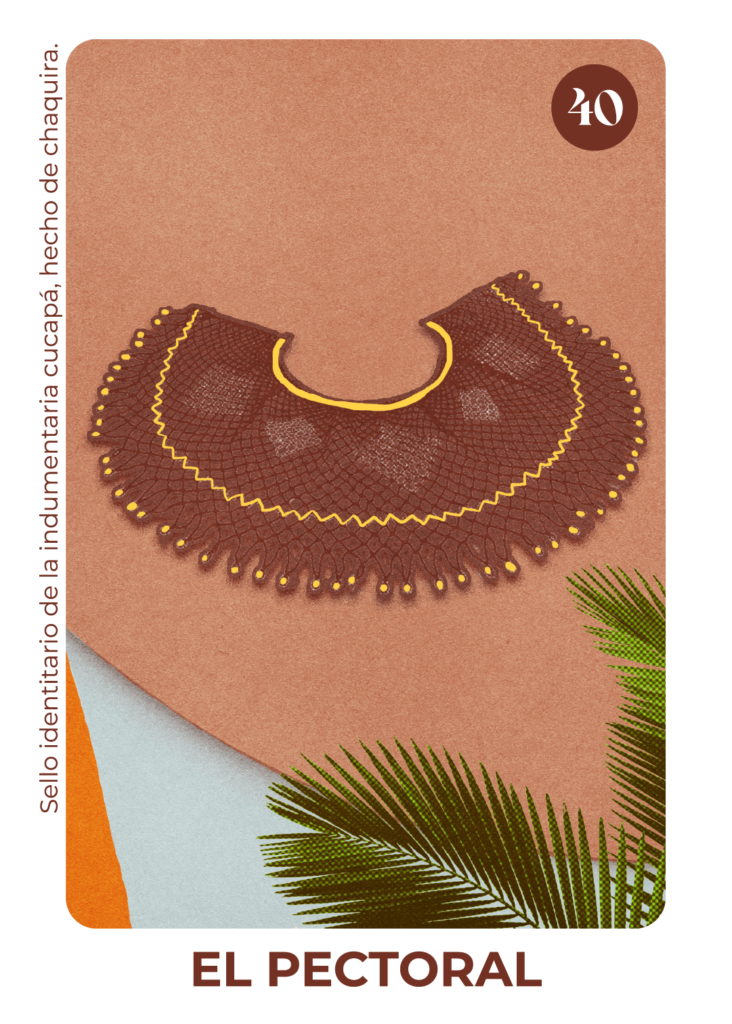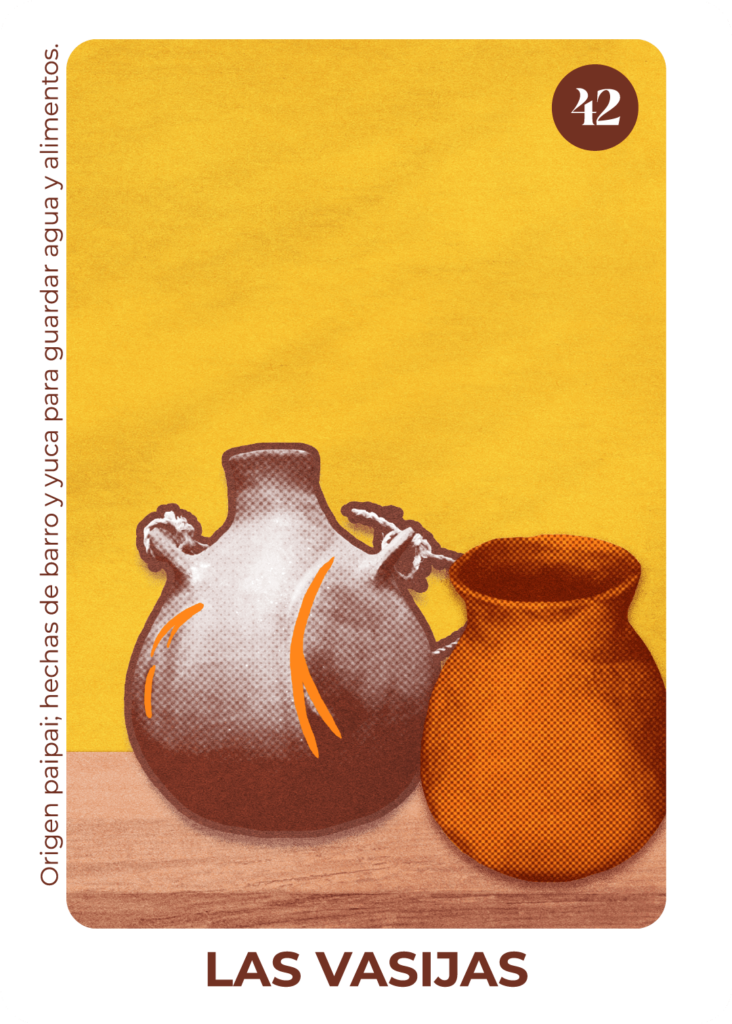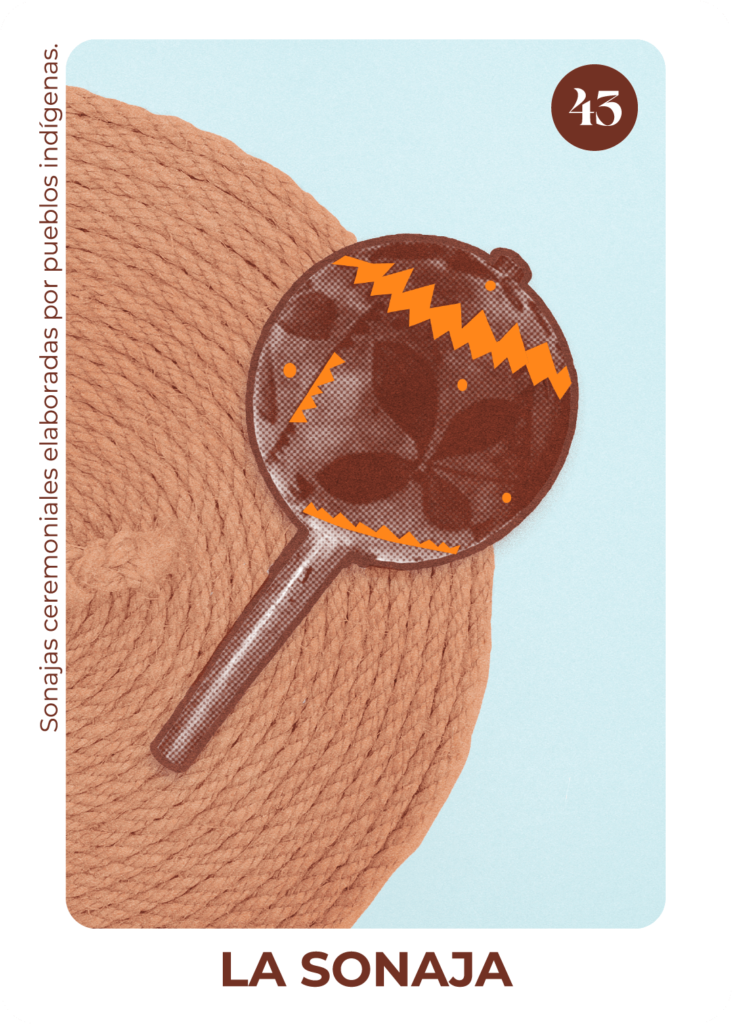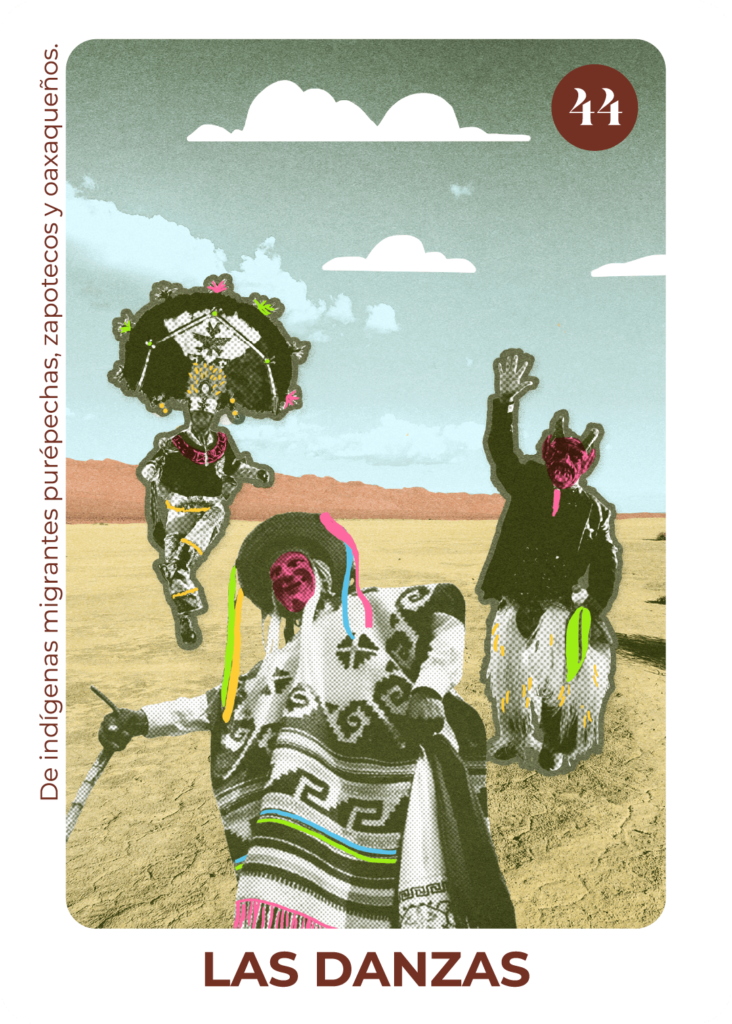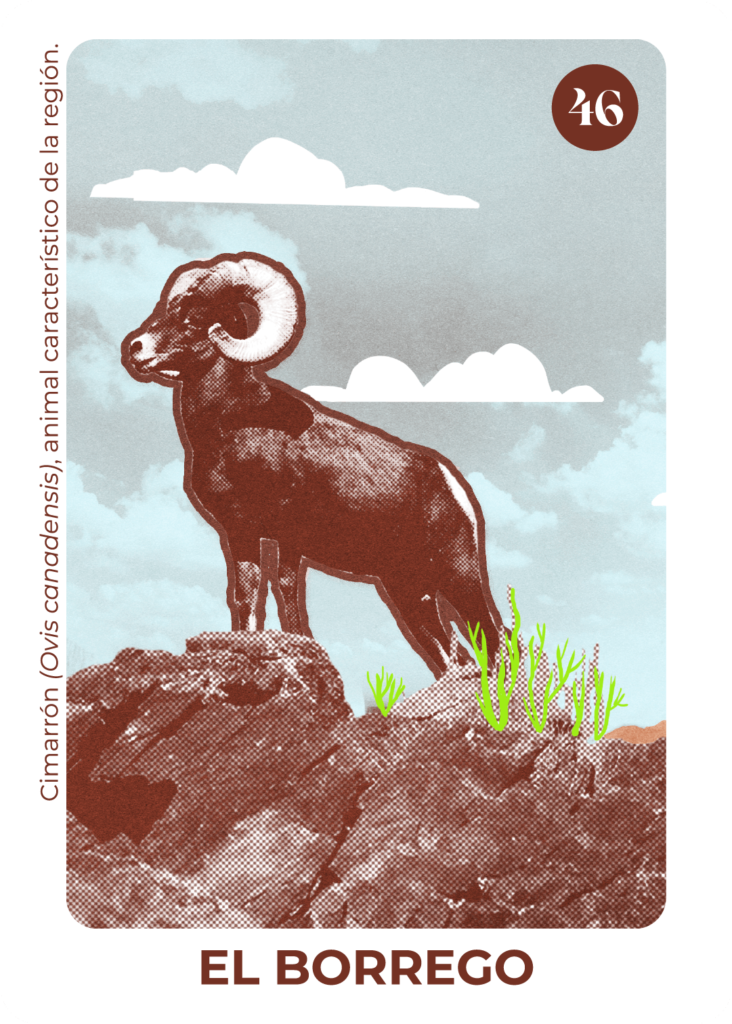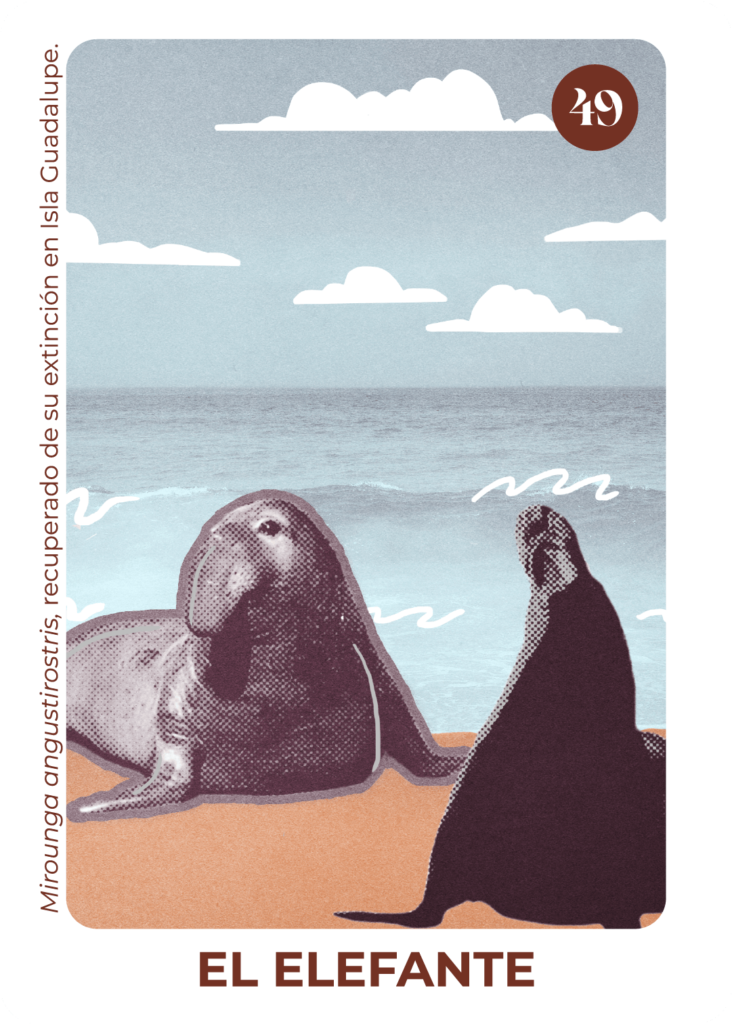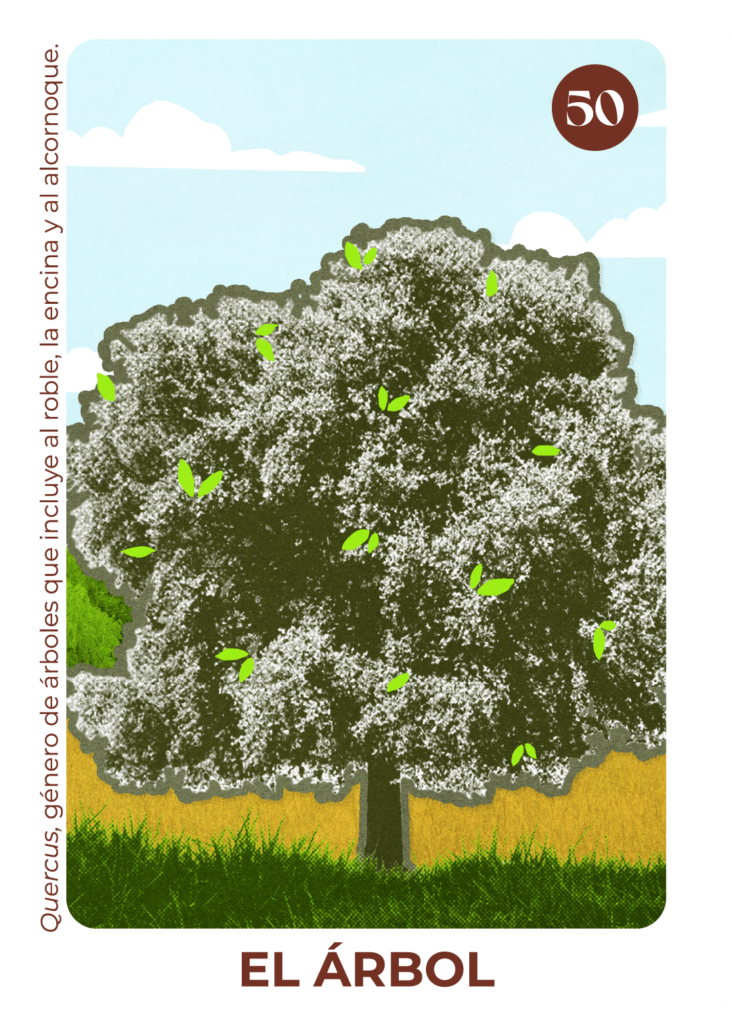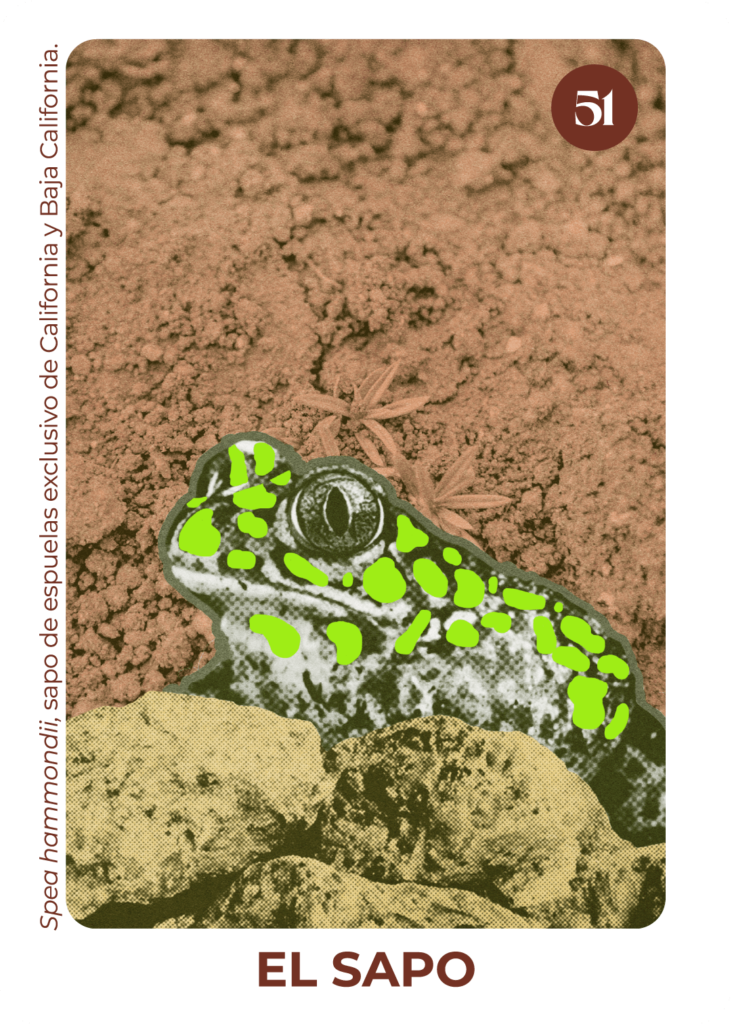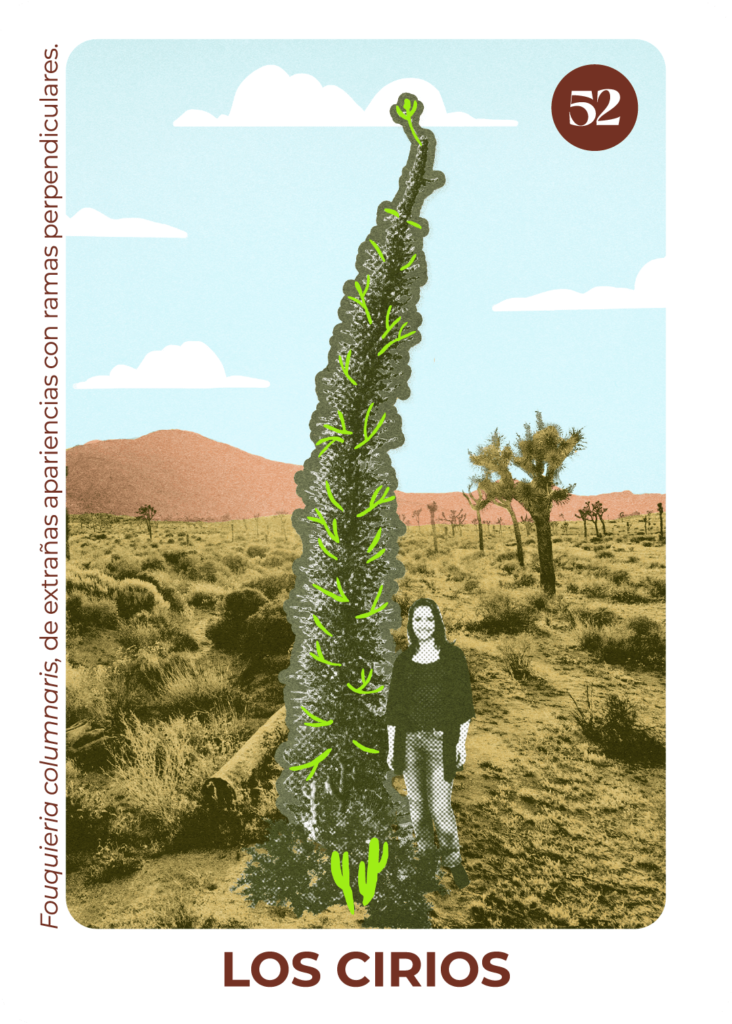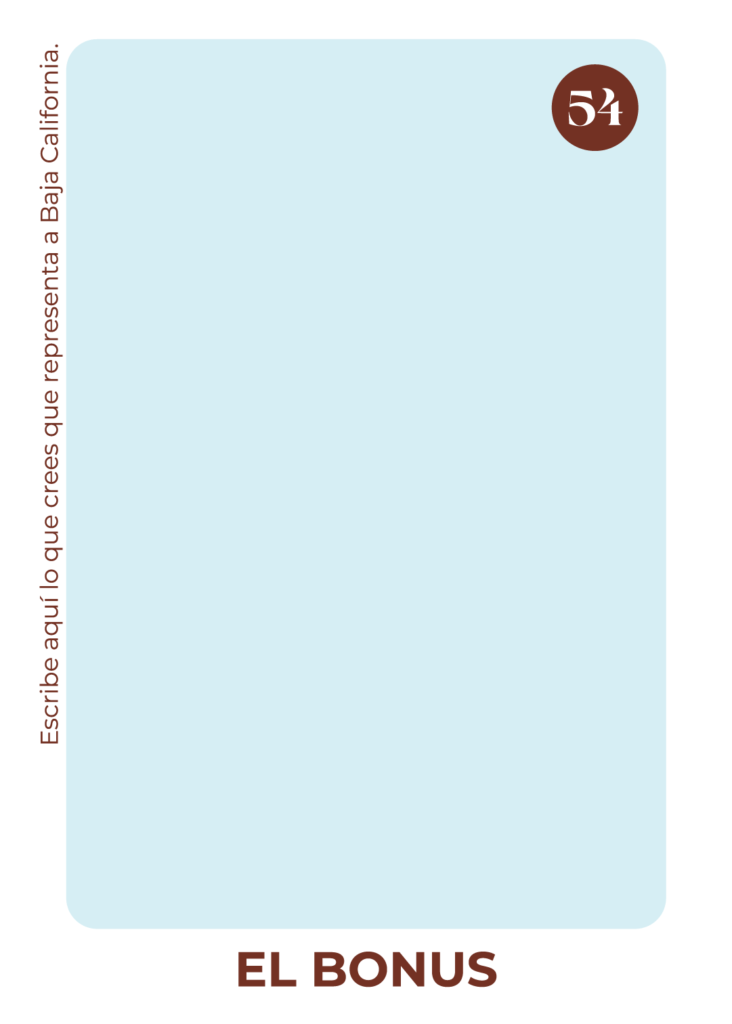LOTERÍA CALIFERNE
A playful way to explore Baja California through an array of elements that attempt to represent the entire state. Created by Enigma Creative, the project features: a board game with seven distinct topic areas—each developed in collaboration with a panel of experts—as well as 54 illustrations for the cards; a series of three posters; three booklets by invited creatives under commission; five collectable pins; a tote bag and website.
Lotería Califerne is a project inspired by the traditional Mexican game of Lotería. The point of the game is to communicate the distinctive features of Baja California in a fun way. Our aim is to explore the characteristics, traits, and customs of the region and to bring together information that we feel brings us closer to defining who we are.
We firmly believe that this project is connected not only to the experience of design as seen and understood in this region, but also as part of an exercise to imagine the borderlands.
La lotería mexicana
The Mexican game of Lotería is a card game that originated in Italy in the 15th century, later reaching New Spain (Mexico) in the late 1800s. For a time, only the upper classes played the game, but with the arrival of the War for Independence (1810-1821) it became popular with Mexican families as a daily pastime. It was an important part of traveling fairs in several states in the country, finally becoming the most important traditional game of Mexico.
Lotería is played with a deck of 54 cards and as many boards as desired, each board with 16 squares. The game is played as follows:
- A card is drawn from the deck, and the name of the card is called out for the participants.
- If you have a square on your board that matches the card, you mark it.
- The winner is the person who yells “Lotería” after marking all of the boxes on their board.
Another important element of Lotería is the existence of its famous couplets, rhymed verses that have been part of the game since about the 19th century and which are written in a tone somewhere between riddles and folk poetry: each couplet or verse refers to the name of a card. The gritón* (announcer or yeller) has two options: the person can cantar* (sing) the couplet or just call out the name of the card drawn from the deck.
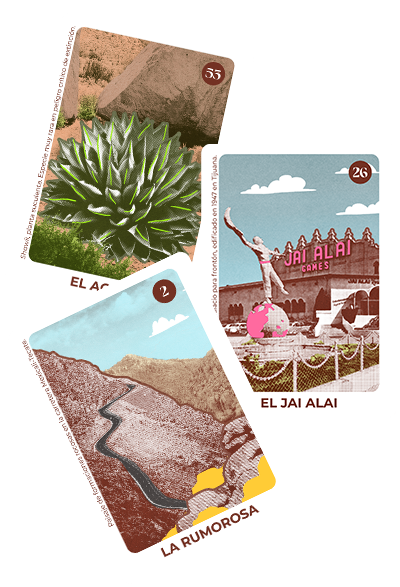
THE ORIGIN
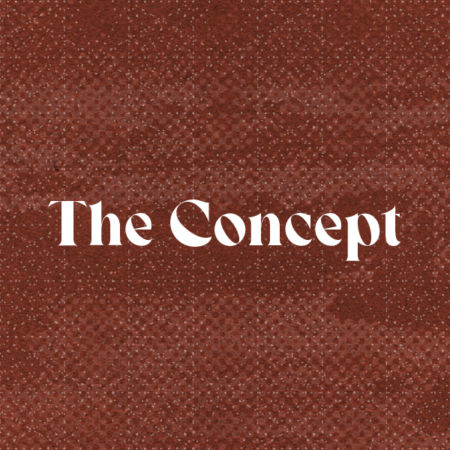
THE CONCEPT
It is true that on este lado*—on this side of the border—we have a different kind of relationship with Mexico. There is a very interesting, diverse cultural mix in this region, both because of influences from Mexico and due to exchanges with the United States. We are still in the process of discovering who we are.
Because of our state’s multicultural reality, it has not been easy to figure out how to define ourselves; this has led us to look for alternative ways of identifying ourselves: Baja California makes us special.
Reflecting on this, we ask ourselves—in all sorts of ways—where we fit within the Mexican imaginary. Are we part of the Mexican national identity? Of that concept that includes an array of stereotypes about what it means to be Mexican? Read more

THE NAME
We named the Lotería Califerne to harken back to our state’s past. Most historians believe that the name originated from a chivalric romance novel entitled The Adventures of Esplandián, which became popular during the era of Spanish expeditions to Mexico and the Baja California peninsula. It describes a fictional island called California to the east of the Indies, governed by Queen Calafia.
It is said that Garci Rodríguez de Montalvo, the author of the novel, revived the Arabic name Khalif/ Khalifa, but he could have been influenced by the term Califerne in the 11th century epic French poem, The Song of Roland.

THE GAME
Like the traditional Lotería, the game is made up of 54 cards with images divided into categories related to the state. The images aim to honor and highlight the particular beauty of a place as cool* as Baja California.
The game is played just as it was at the beginning of the 15th century:
- A board consisting of 16 images from the card deck, displayed in a 4×4 grid, is distributed to each player.
- The gritón* (announcer or yeller) begins to cantar* (sing) the cards, either by naming them or through verse, and the players mark their squares.
- Having pennies* or dried beans on hand helps to mark the images on each board.

THE BONUS
The Bonus is a blank card that allows the players to identify with the region and to come up with their own suggestions about what food, places, indigenous cultures, spaces, etc. are representative of Baja California.
It is a way of introducing the possibility that ideas about our state can change over time and from person-to-person.
- Think of a place, food, or experience in the region with which you identify and propose it to the group of players before the game.
- Share your answers and vote for the one you like best.
- Everyone should write the chosen name on the blank card and on their boards. Remember to include the article + name and to capitalize the first letters. Try to keep it short!*

THE DESIGN
Our aim is to present this large-scale project as a complete package grounded in design; as a process that included a variety of steps and moments, featuring the organization and assignment of specific tasks, and ideas, opinions, challenges, and transformations that have given rise to a rich experience.
At the beginning of the project, we asked ourselves: why did we want to design a Lotería? What could we investigate about our state? How could we ground this work in solid research? What aesthetic approach and which parameters would we use to create the design? How could we do it with a multidisciplinary team? What other elements could we develop through this search for representation?

SOCIAL MEDIA CAMPAIGN
Audience participation has a big impact, especially when people share their own opinions. For this reason, we have decided to offer a space for suggestions in regards to “El Bonus” card:
Tag your suggestions with the hashtags #ElBonus and #LoteriaCaliferne. You’ll be able to find them on our social media pages and on this website. This is just the start of the conversation!
We think it’s incredibly important for a record of this project to exist in digital and physical form in order to highlight the construction of a visual culture for Baja California, and at the same time, to honor our collective imagination.
Read more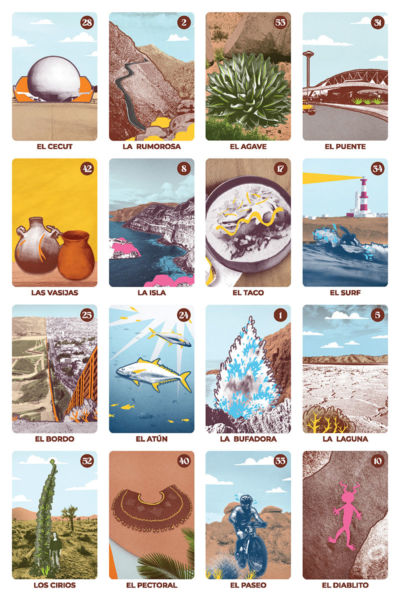
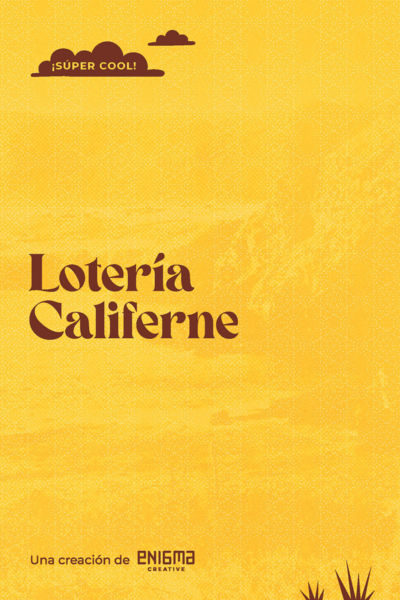
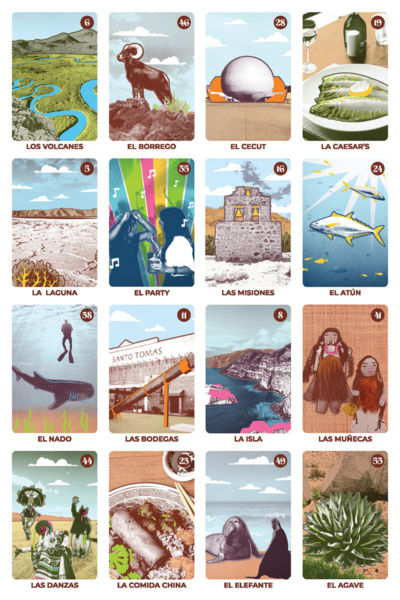

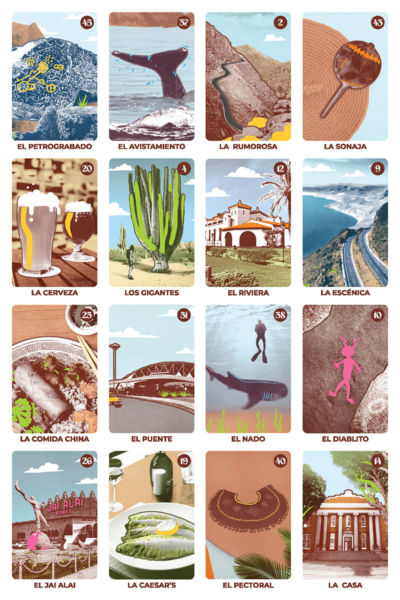
THE GALLERY
We are grateful for the easy access and use of the images to: Photo Library of the Tijuana Historical Archive, of the Municipal Institute of Art and Culture; Enigma Creative Image Archive; Gabo Lozano, and Christopher Salvatierra.

We deeply believe that the best results are achieved through teamwork. It is a simple fact: many minds and specialized talents have transformed the Lotería Califerne. Thank you to each person who helped!
- Web Development, Alina Vera
- Translation, JP Pluecker
- Video Production, Tesoro Audiovisual
- Music, Pepe Mogt

Alan I. Bautista Plascencia
Adventure
Master in Tourism Administration from the Universidad de las Islas Baleares (UIB) Palma de Mallorca, Spain (2006). He has taken additional coursework offered by… Read more
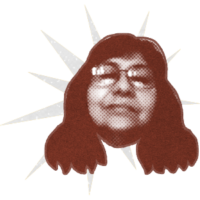
María Eugenia Castillo (Curry)
Architecture and Urban spaces
Cultural patrimony
Architectural Engineer with a master’s degree in Restoration of Monuments from Universidad Nacional Autónoma de México (UNAM) where she obtained the Gabino Barreda medal… Read more

Horacio de la Cueva
Landscape
Flora and Fauna
PhD from the University of British Columbia, Vancouver, Canada studying the mechanics of animal flight. Currently he is Investigador Titular C at CICESE. Teaches ecology, evolution, statistics, wildlife…Read more
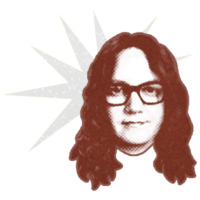
Olga Lorenia Urbalejo Castorena
Indigenous peoples and cultures
Is Is a researcher at the Instituto de Investigaciones Culturales-Museo de la Universidad Autónoma de Baja California (UABC). She received her MS in Human Geography from El Colegio de Michoacán and her Phd… Read more
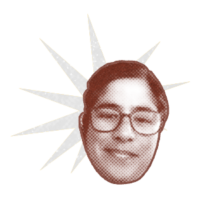
Ismene Venegas
Gastronomy
Bachelor degree in Culinary Arts at the Universidad del Claustro de Sor Juana; has led the kitchens of La Contra Restaurant in Ensenada and El Pinar de Tres… Read more

Alan I. Bautista Plascencia
Adventure
Master in Tourism Administration from the Universidad de las Islas Baleares (UIB) Palma de Mallorca, Spain (2006). He has taken additional coursework offered by… Read more

María Eugenia Castillo (Curry)
Architecture and Urban spaces
Cultural patrimony
Architectural Engineer with a master’s degree in Restoration of Monuments from Universidad Nacional Autónoma de México (UNAM) where she obtained the Gabino Barreda medal… Read more

Horacio de la Cueva
Landscape
Flora and Fauna
PhD from the University of British Columbia, Vancouver, Canada studying the mechanics of animal flight. Currently he is Investigador Titular C at CICESE. Teaches ecology, evolution, statistics, wildlife…Read more

Olga Lorenia Urbalejo Castorena
Indigenous peoples and cultures
Is Is a researcher at the Instituto de Investigaciones Culturales-Museo de la Universidad Autónoma de Baja California (UABC). She received her MS in Human Geography from El Colegio de Michoacán and her Phd… Read more

Ismene Venegas
Gastronomy
Bachelor degree in Culinary Arts at the Universidad del Claustro de Sor Juana; has led the kitchens of La Contra Restaurant in Ensenada and El Pinar de Tres… Read more

THE ENIGMATEAM
This project has been developed by a team of people passionate about what they do and what they believe. Muchas gracias to each one of them for enriching the Lotería Califerne with their talents:
- Creative Direction, Art Direction, Katalina Silva
- Curation and Creative Planning, Ingrid Hernández
- Strategy and Project Production, Arturo Elenes
- Illustration and Graphic Design (Senior), Tania Valencia
- Illustration, Abigail Peña
- Illustration and Graphic Design (Junior), Mayuko Zúñiga
- Illustration and Graphic Design Assistant, Alexa Silva
- Copywriting, Marlon PV
- Social media content, Diana Fernández
- Community manager, Samara Nava
- Production Assistance, Miguel A. Gómez
THE CONTACT
Enigma Creative is a space for multidisciplinary collaboration. People who are passionate about what they do and what they believe.
People who love all forms of creative expression and use them to develop communication strategies, creating a distinct voice similar to a digital fingerprint: unique and impossible to replicate. People driven by a spirit of teamwork. People investing in ideas that make our community stronger and more powerful.



